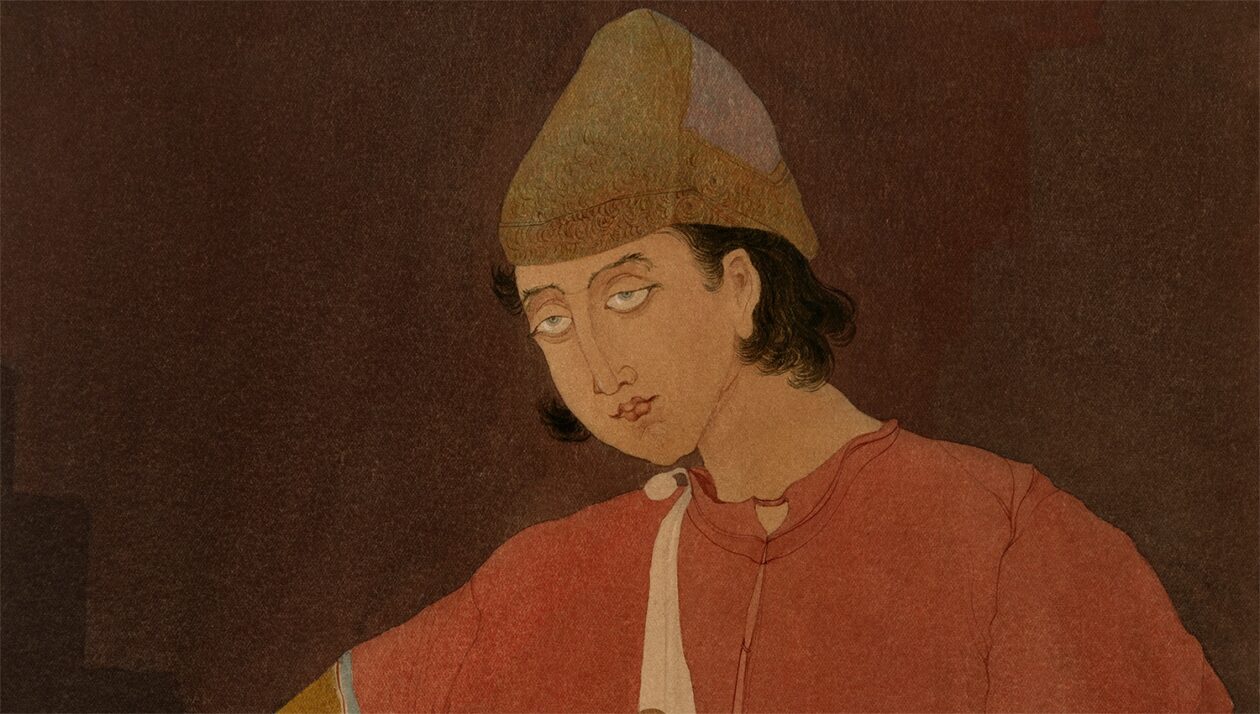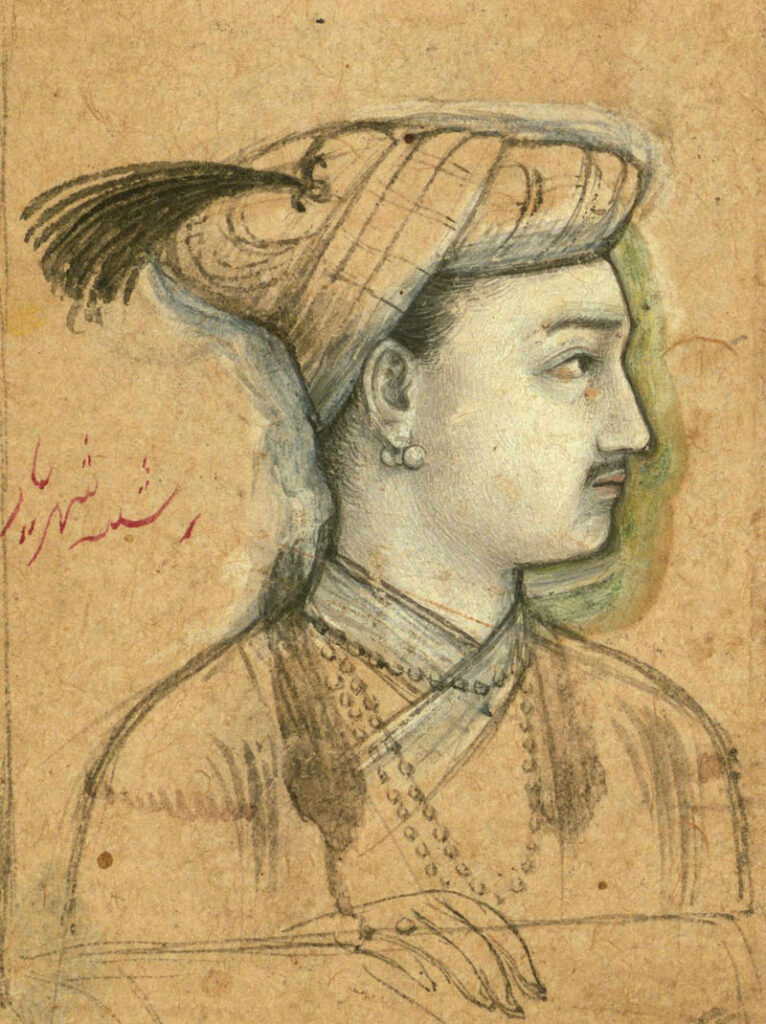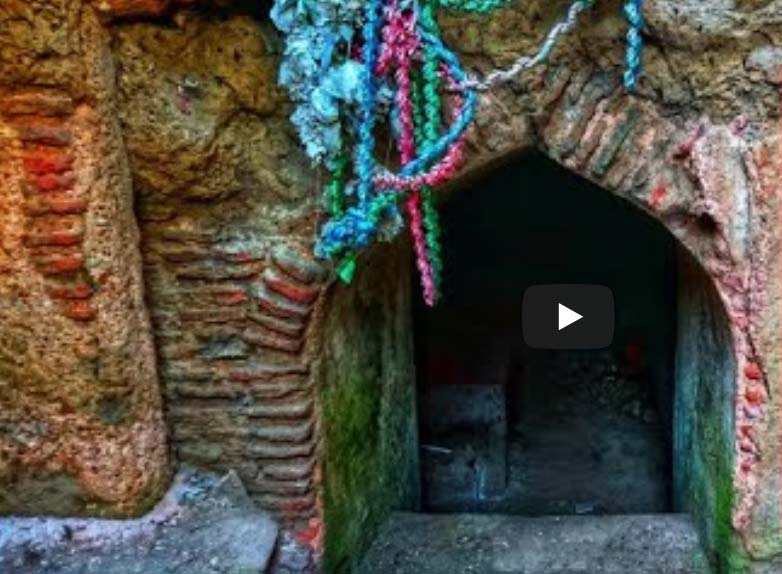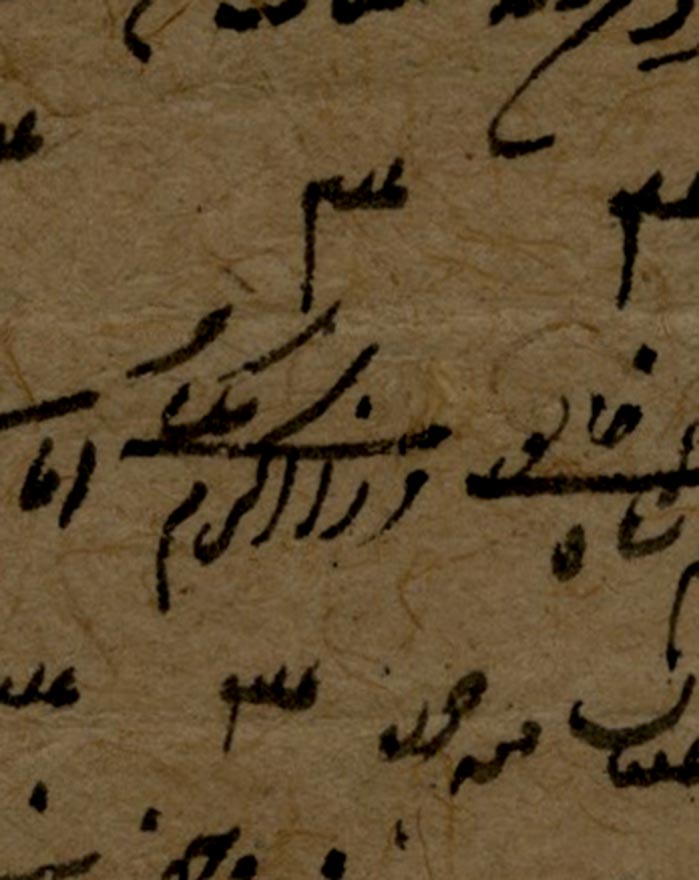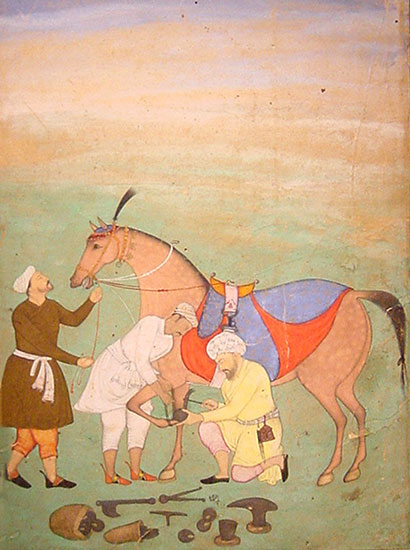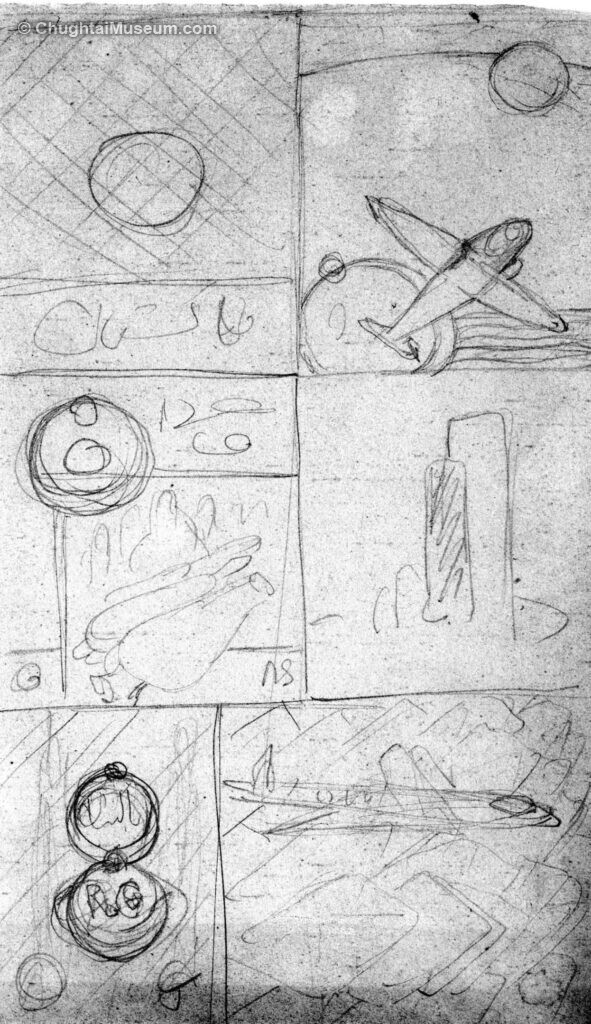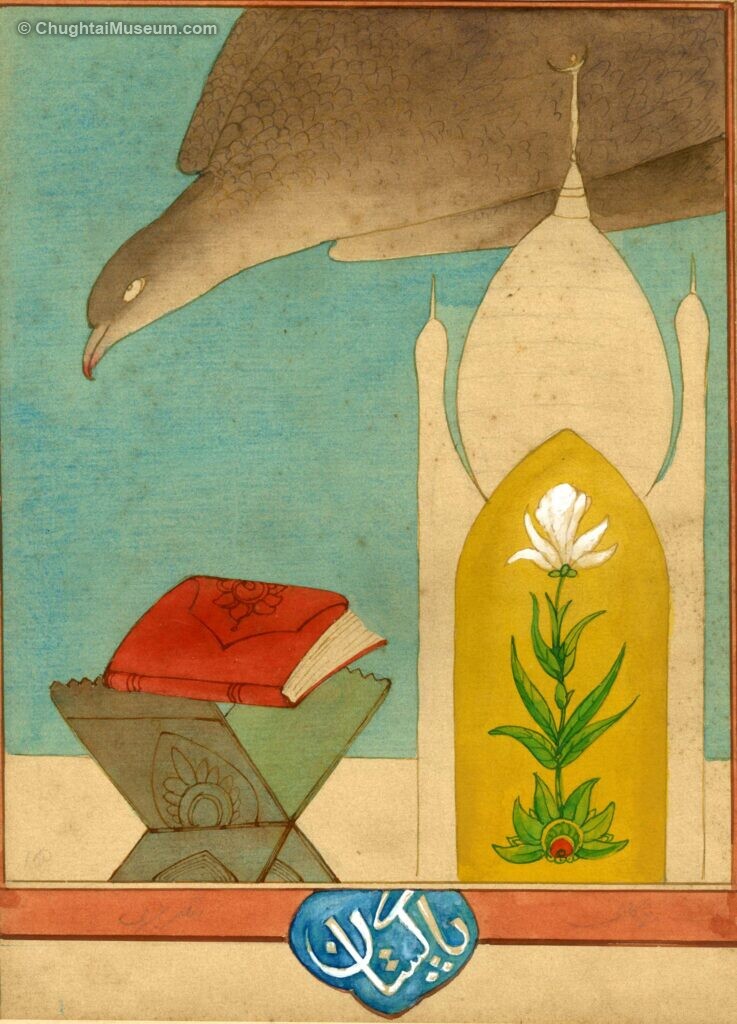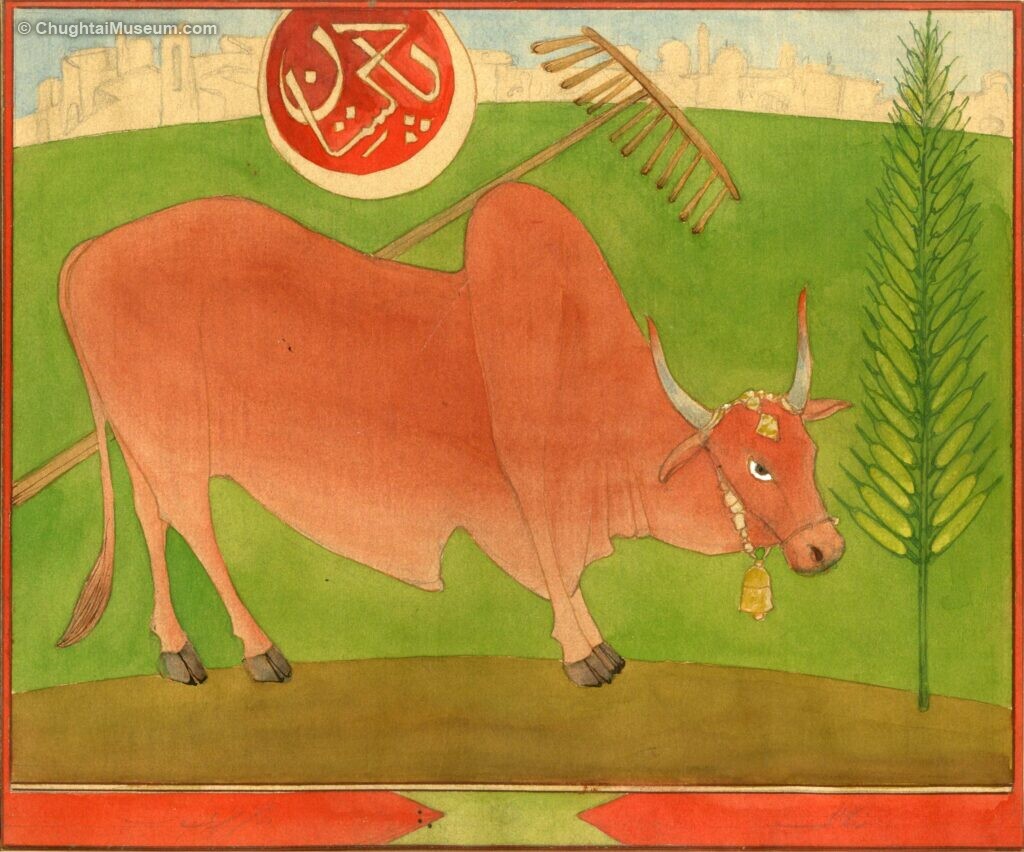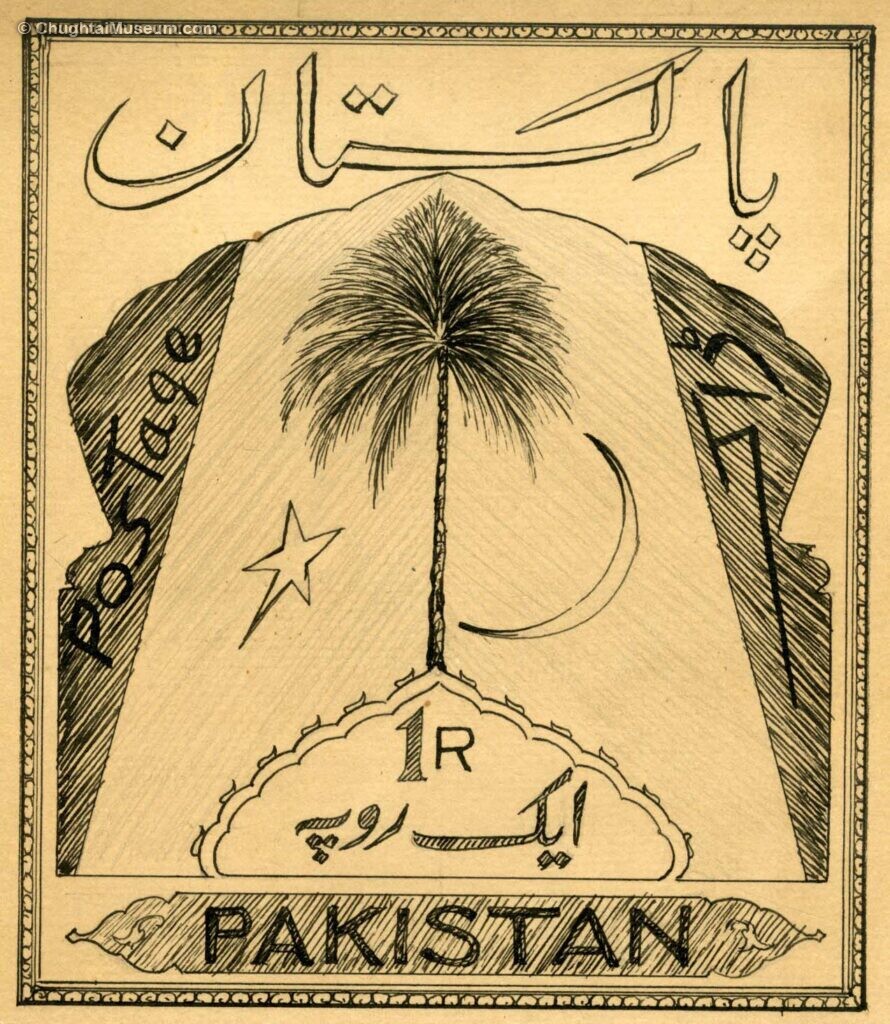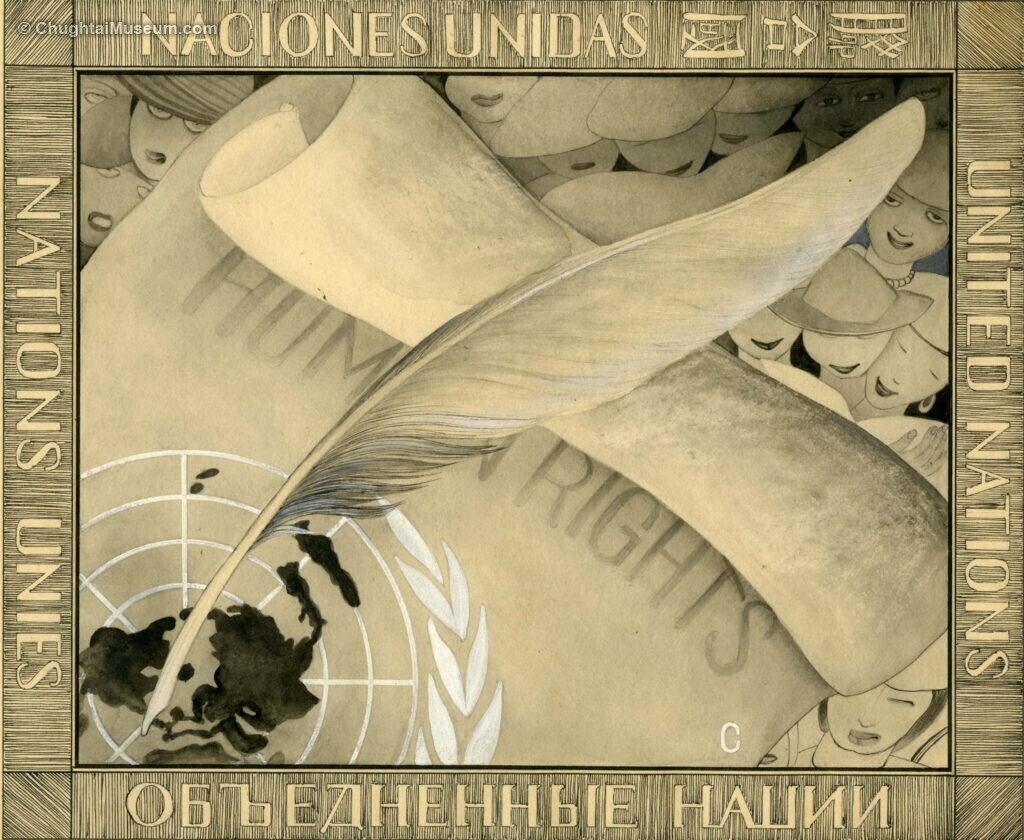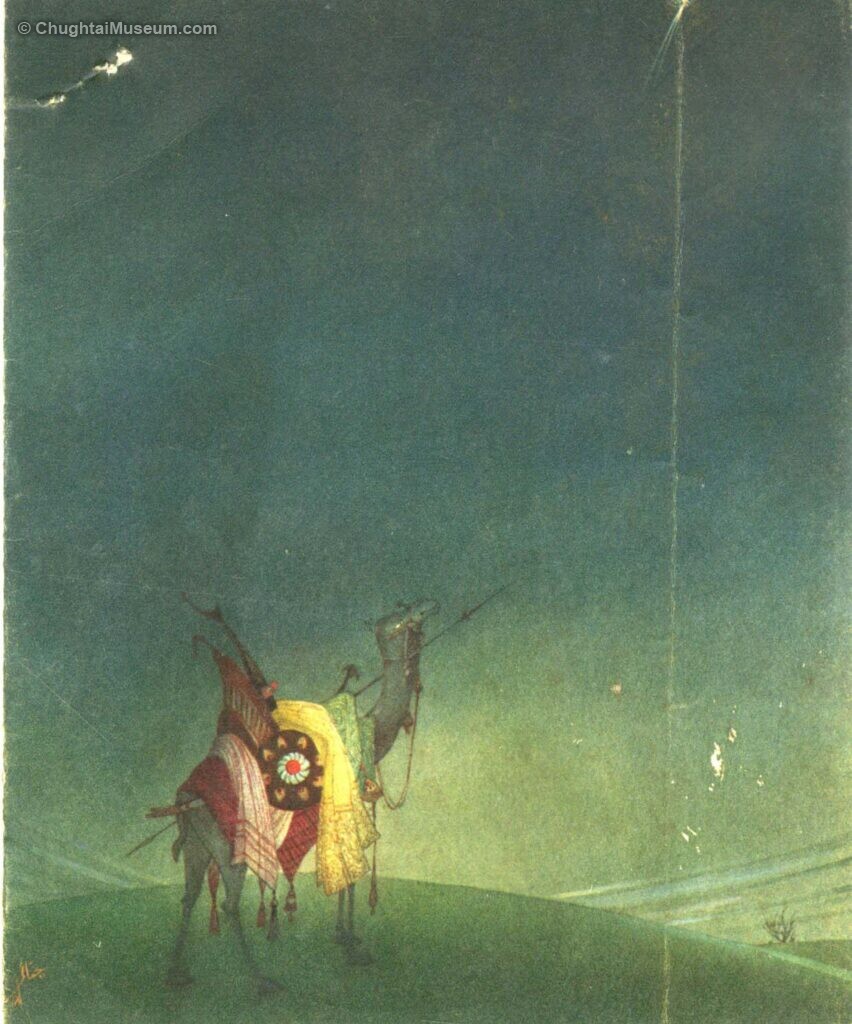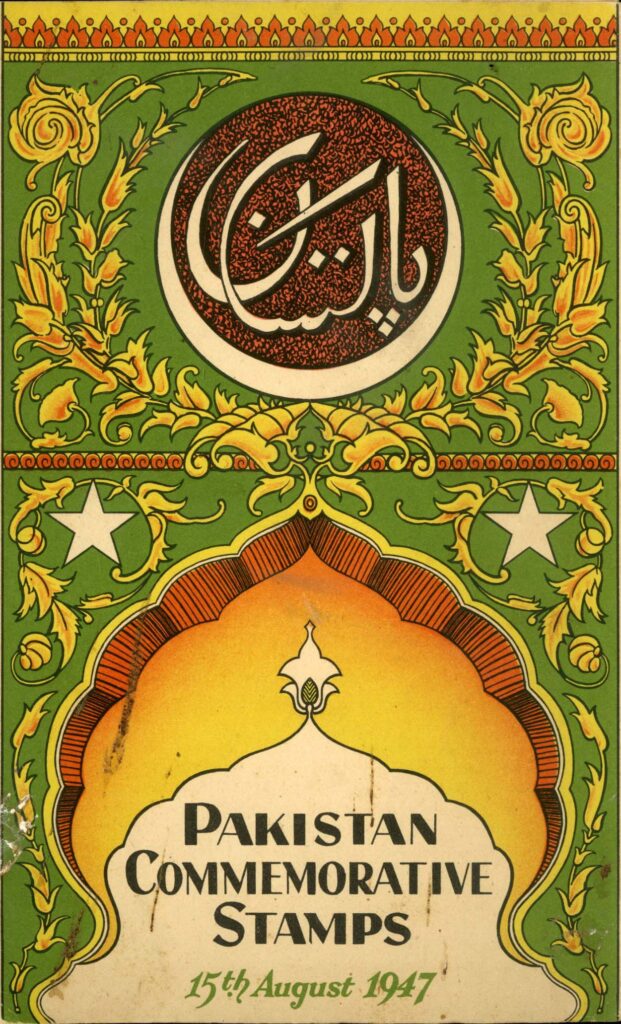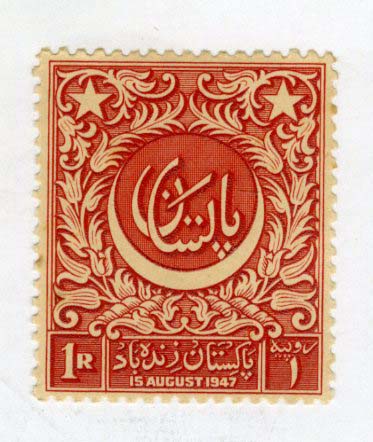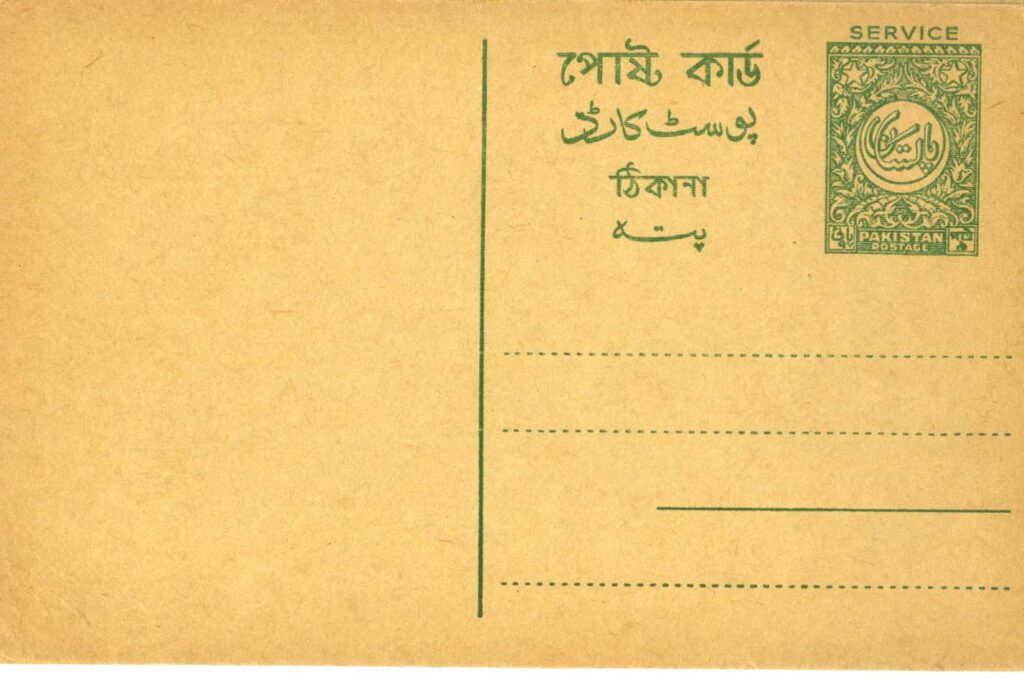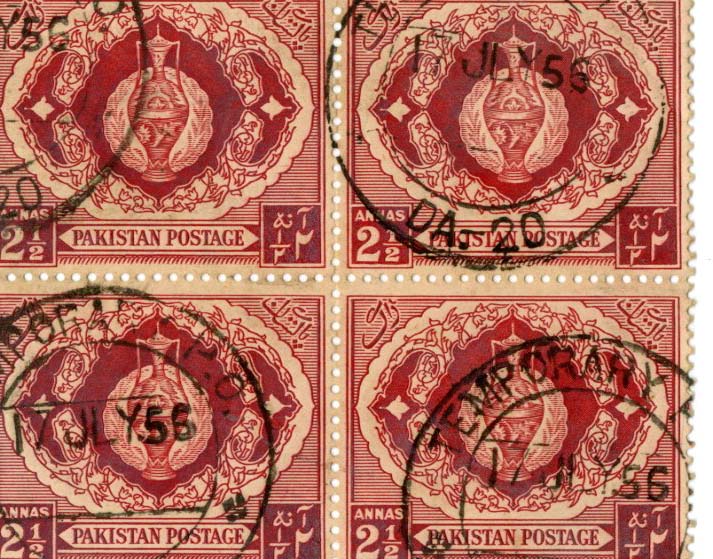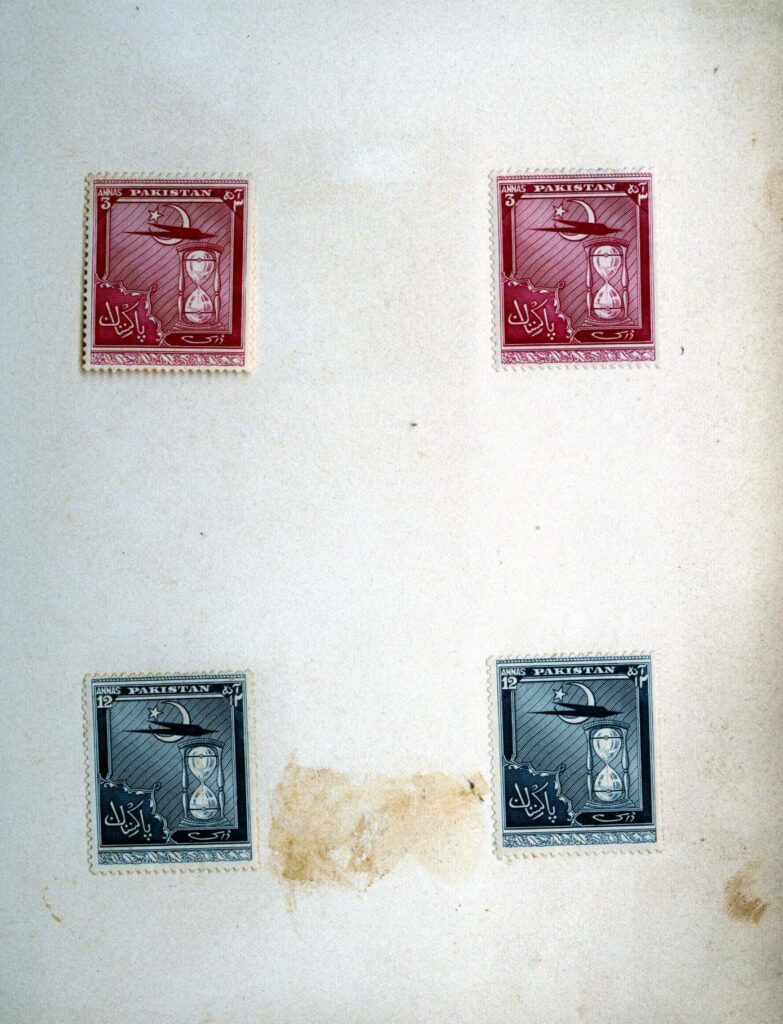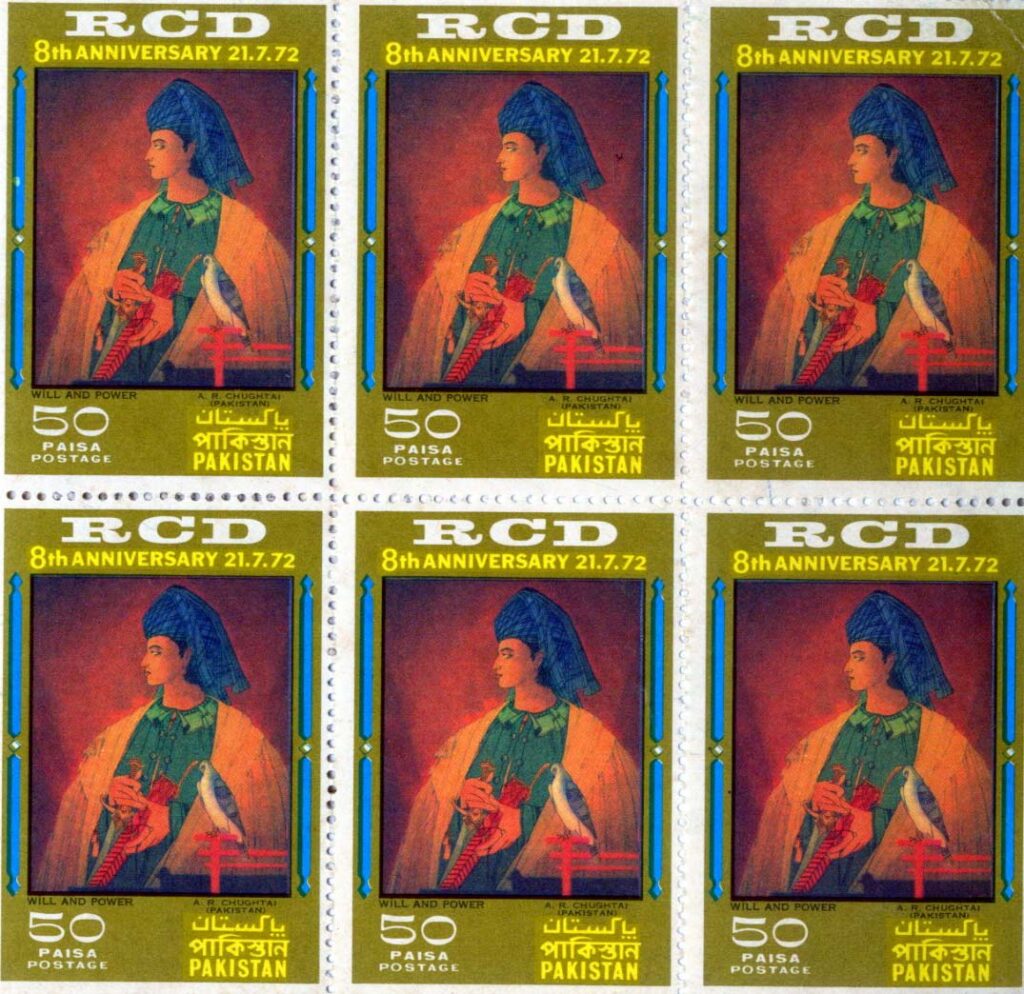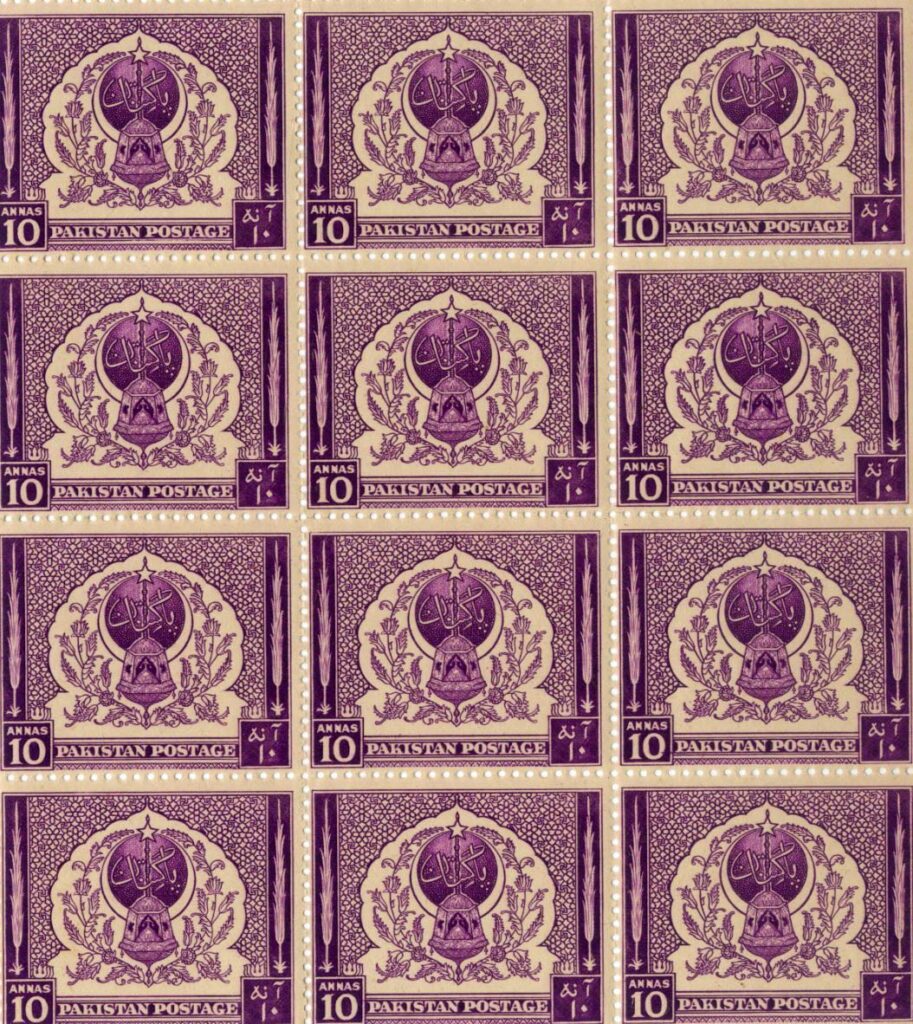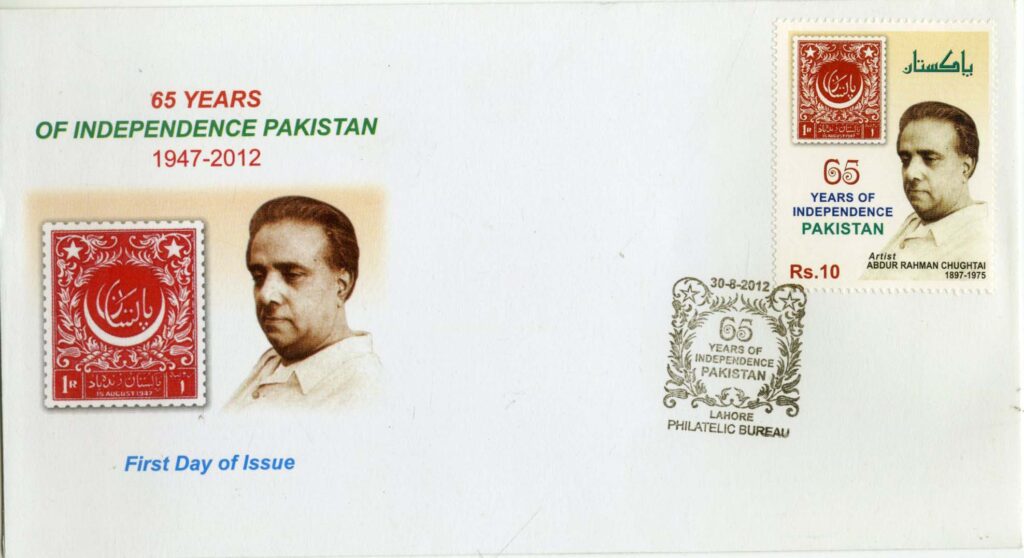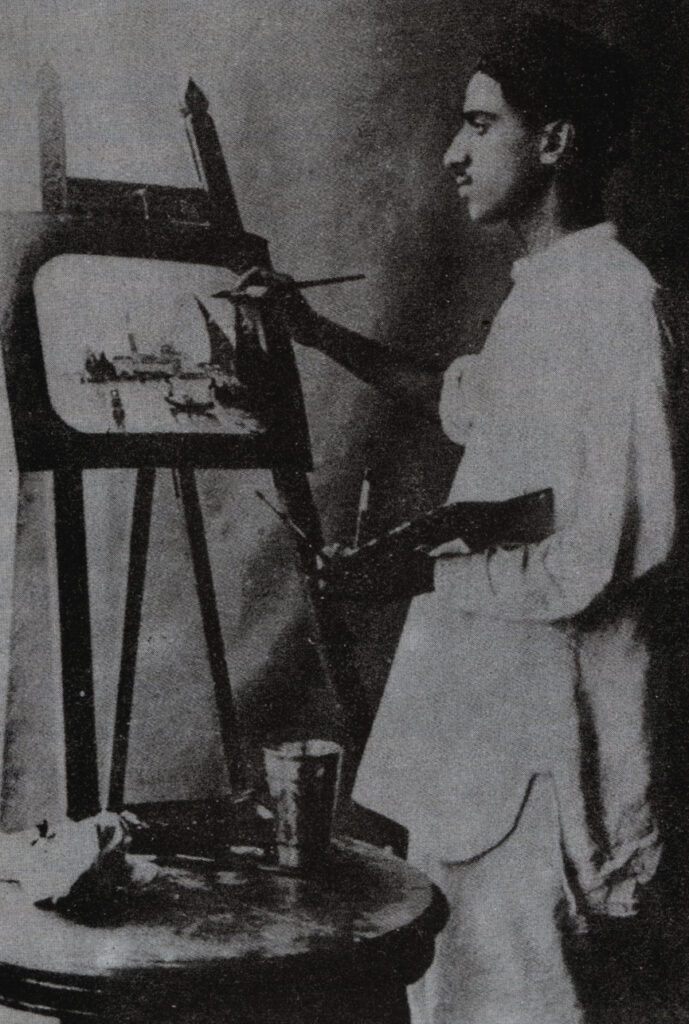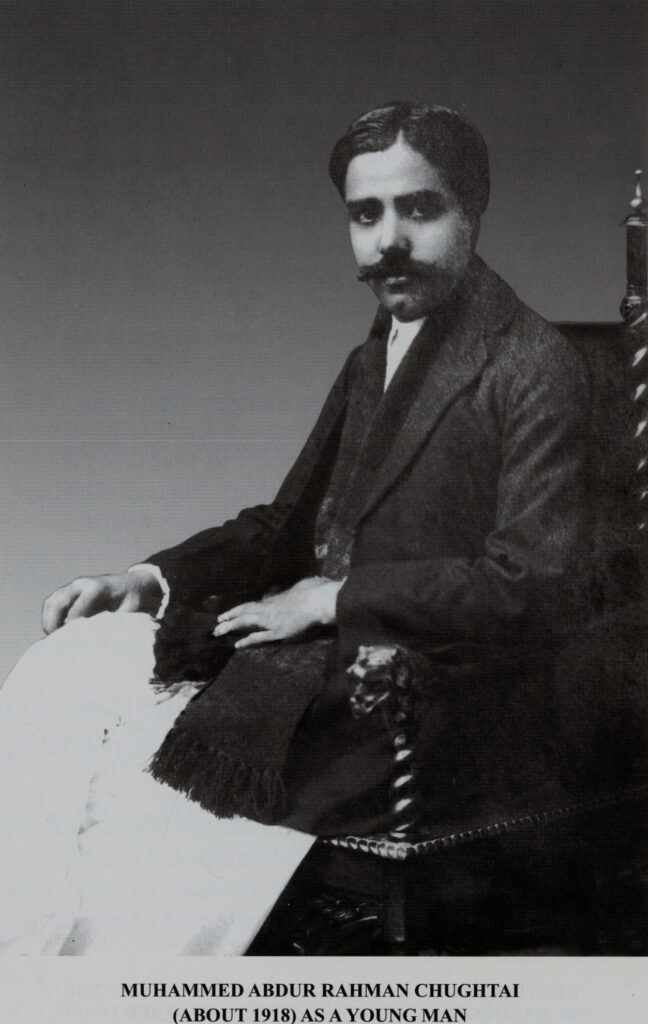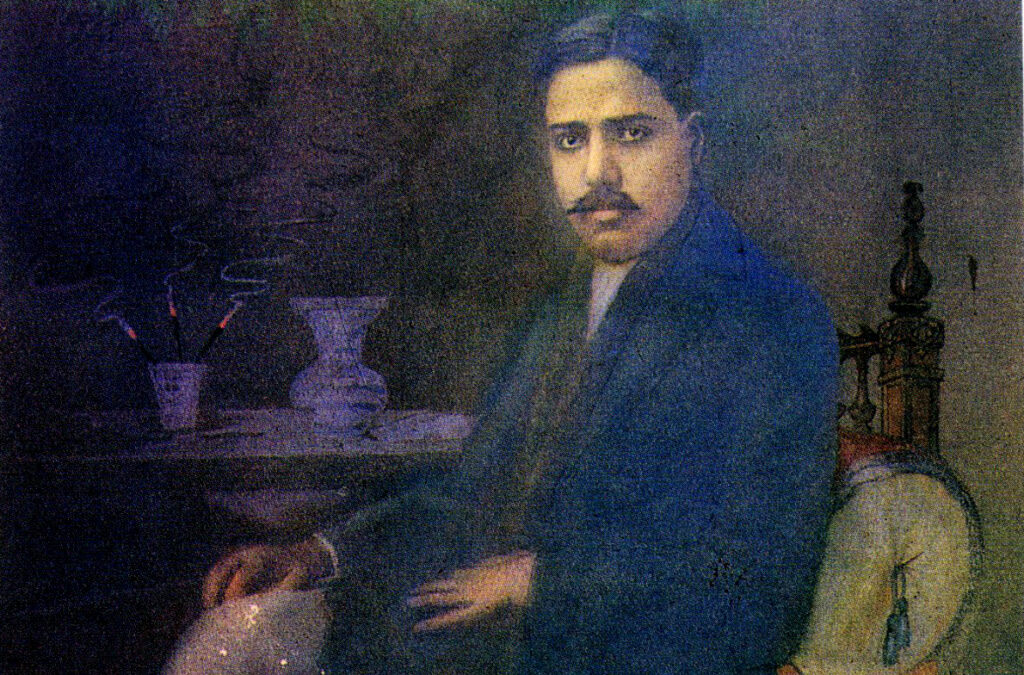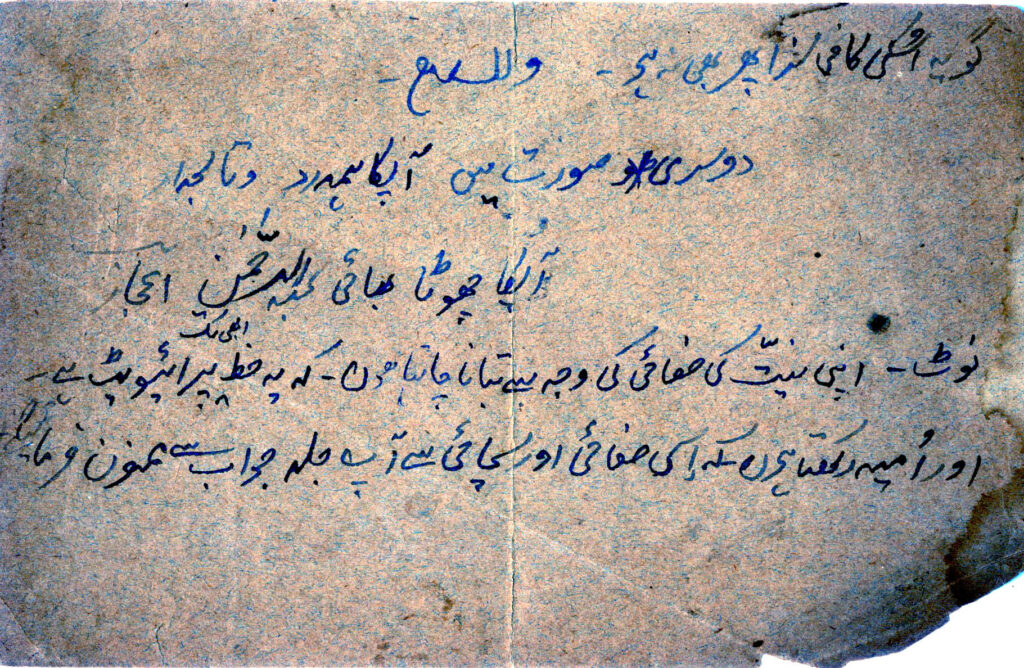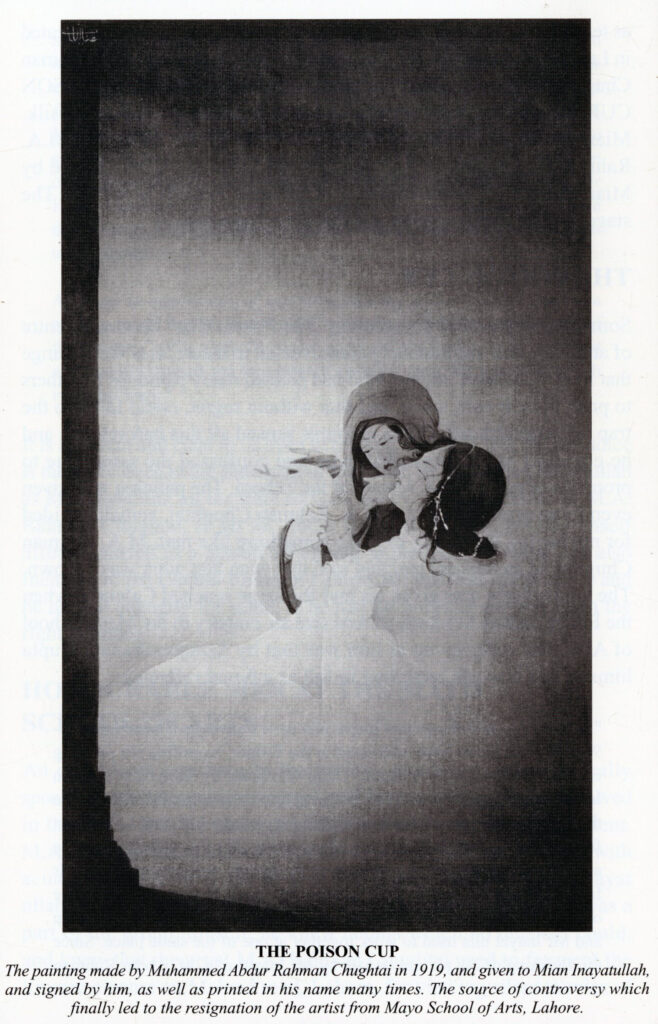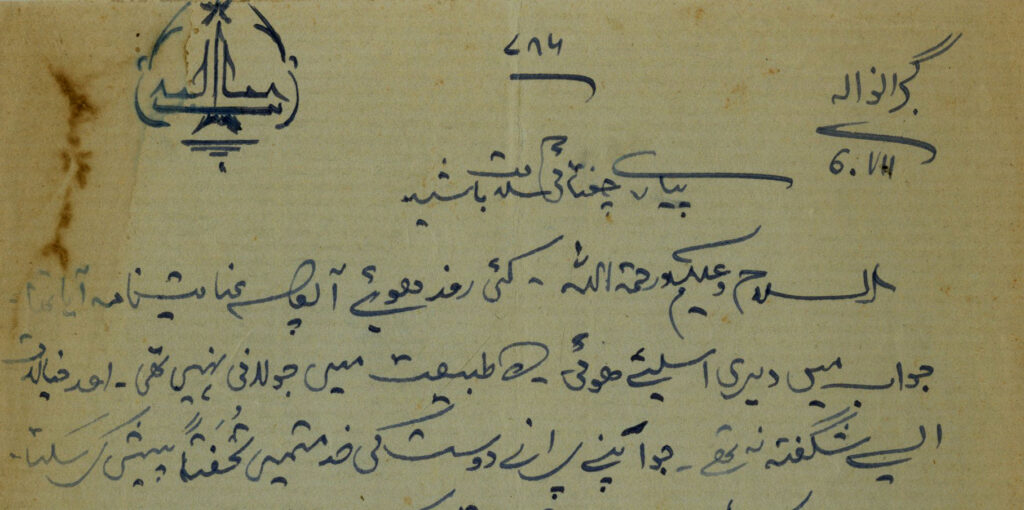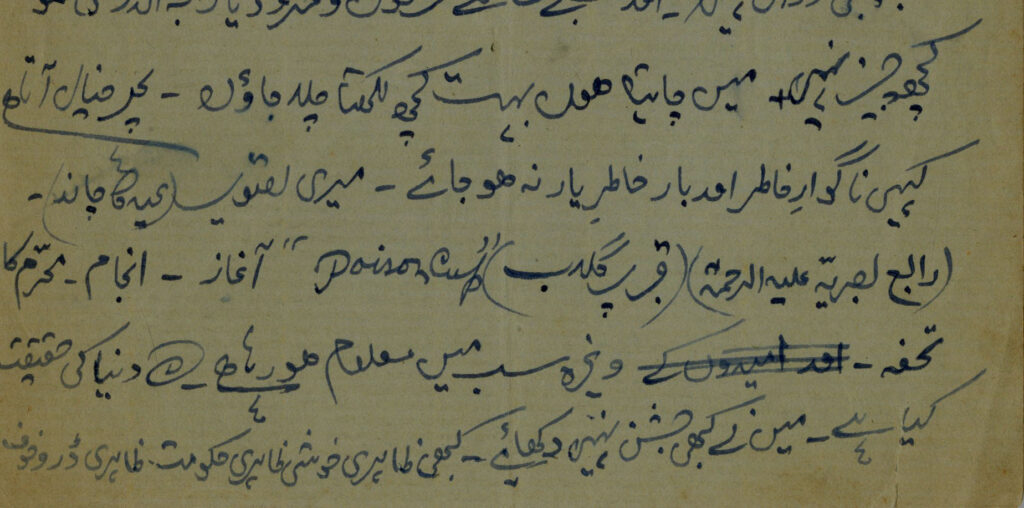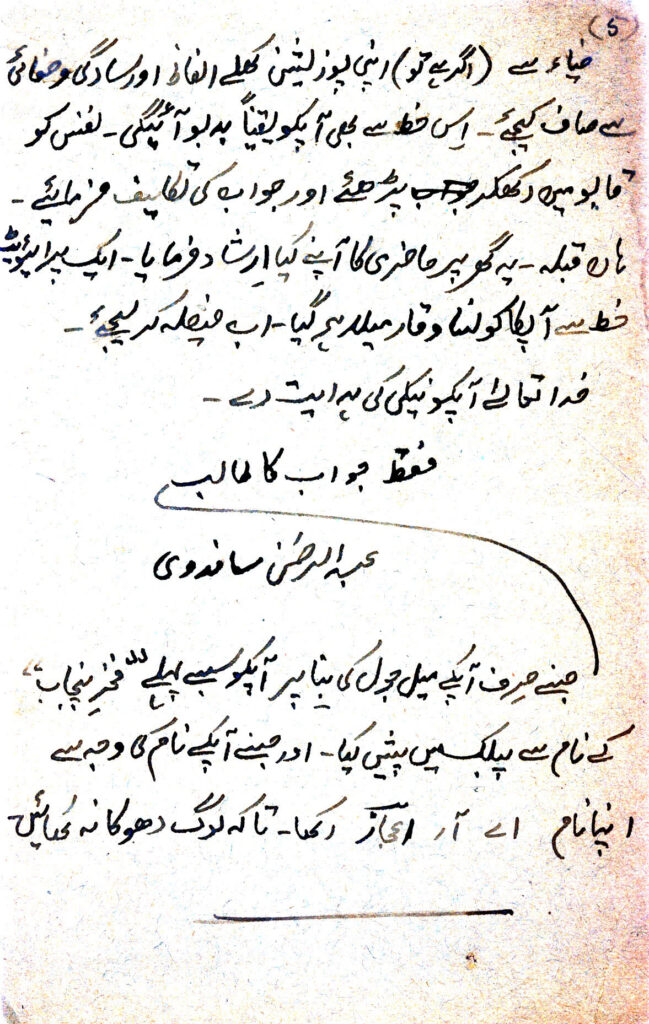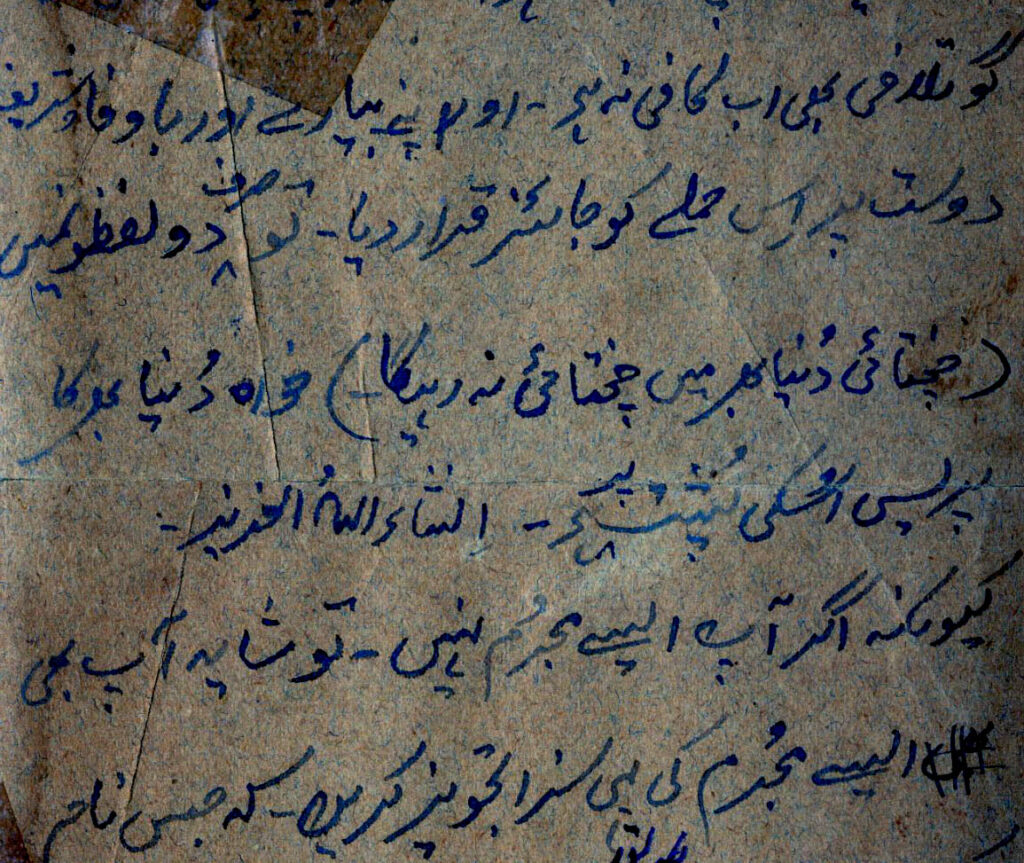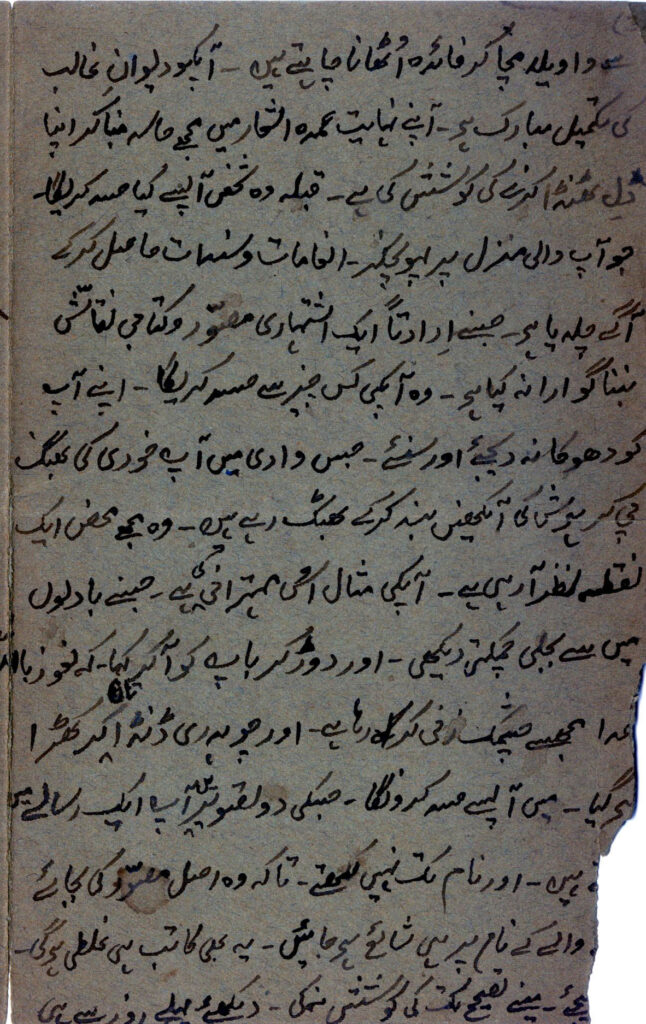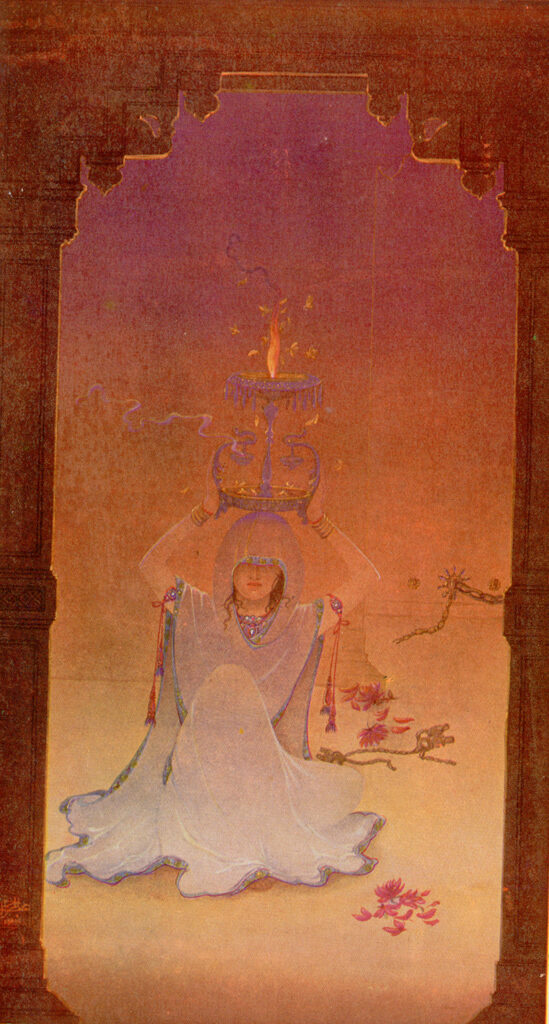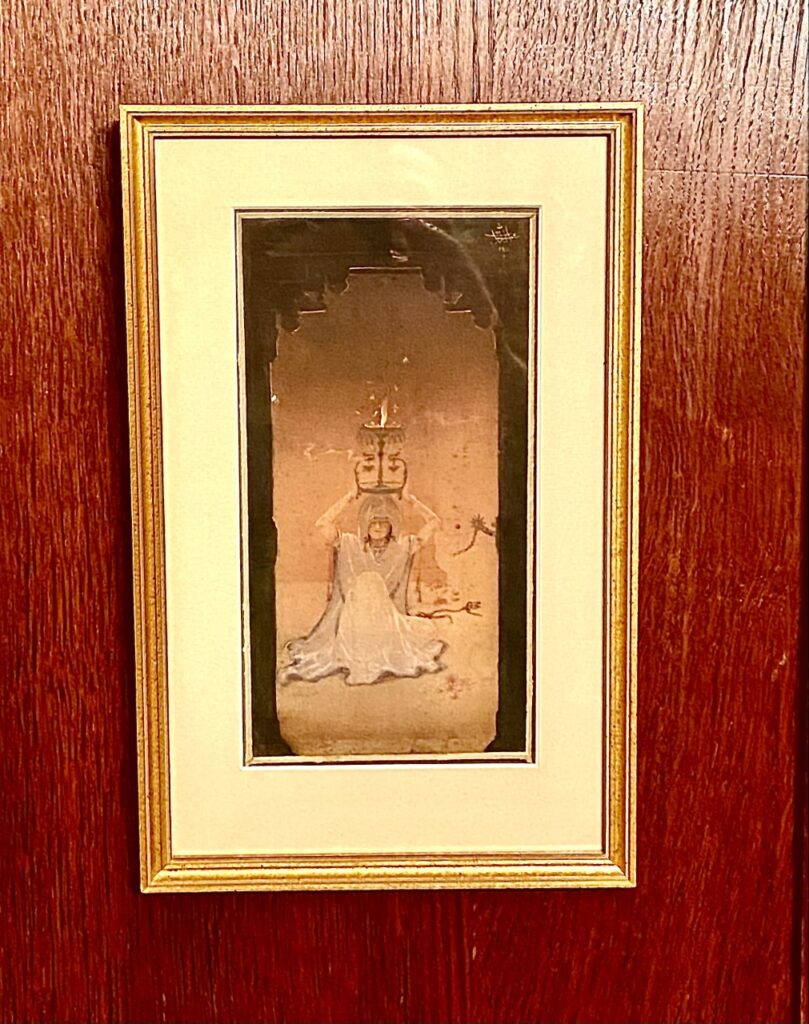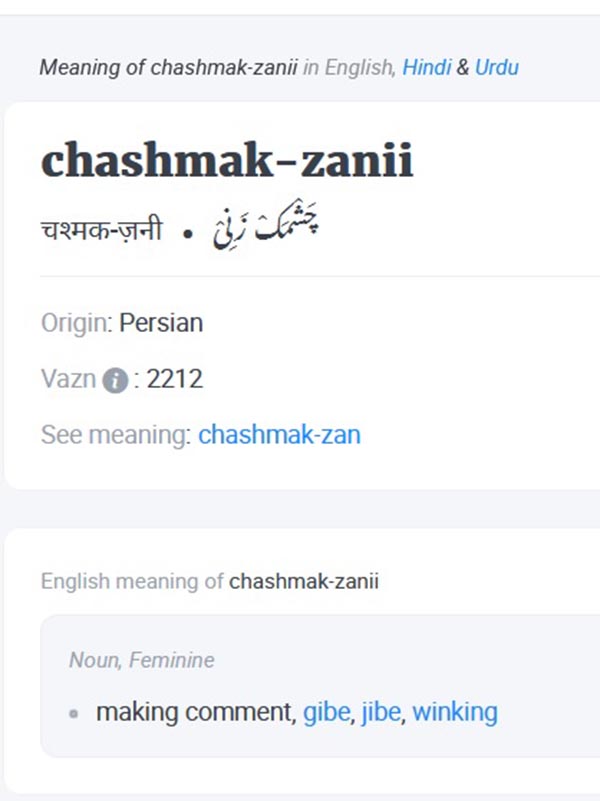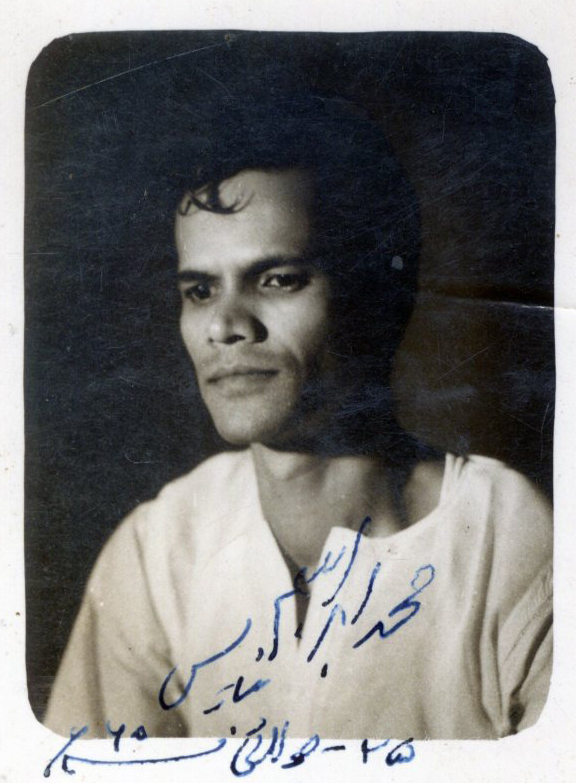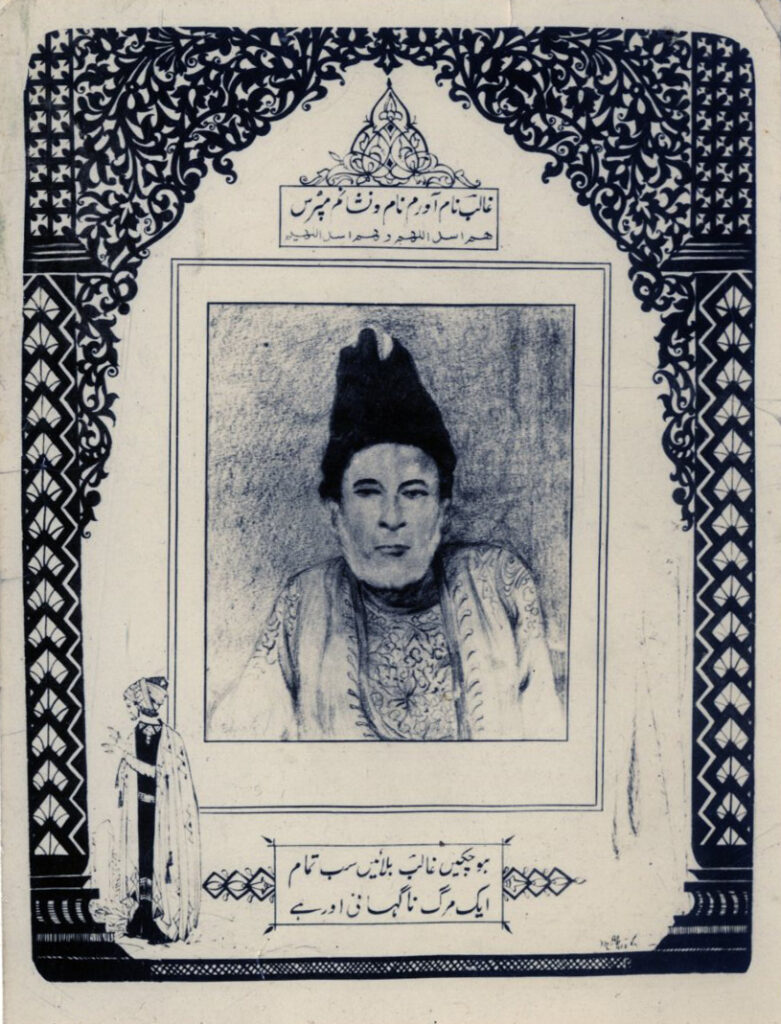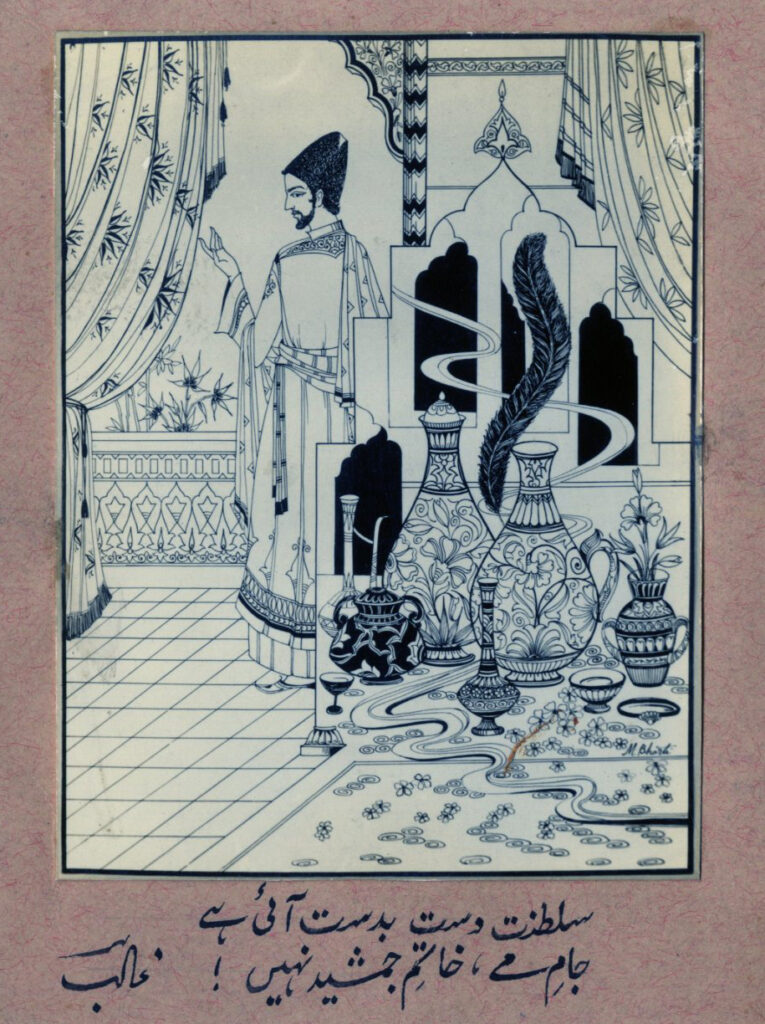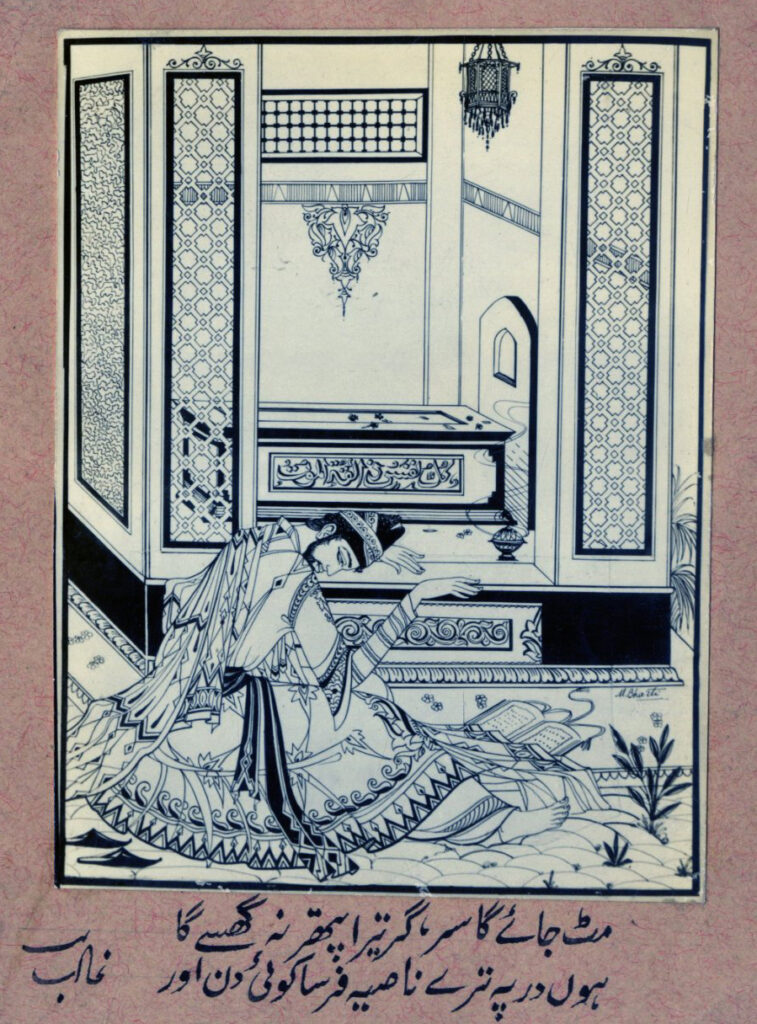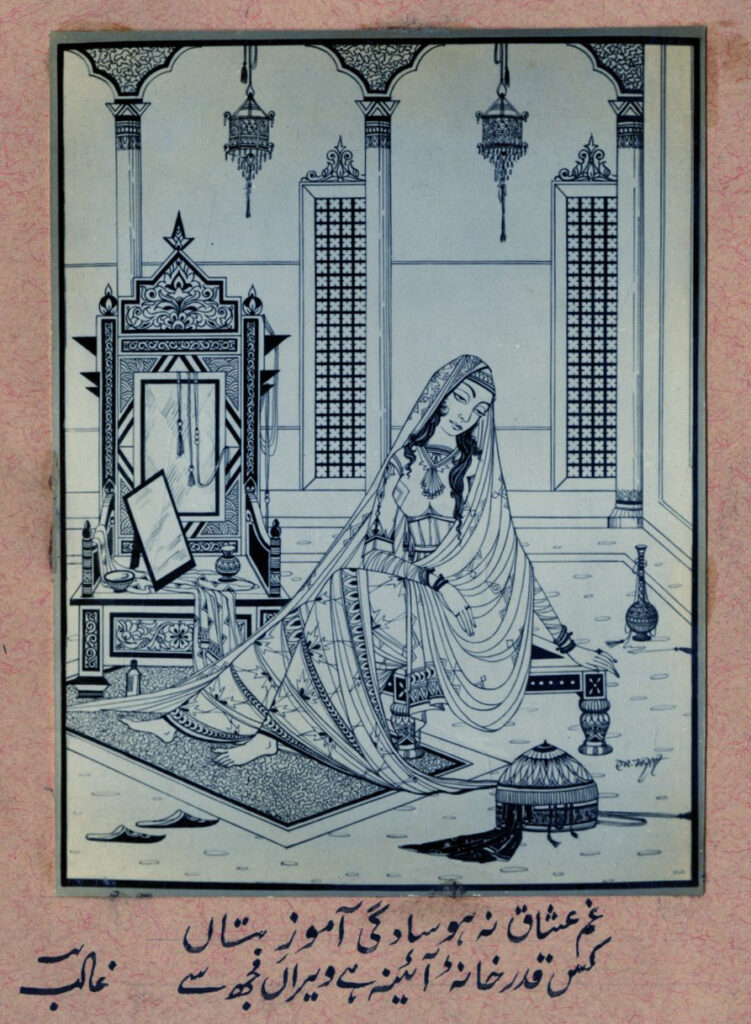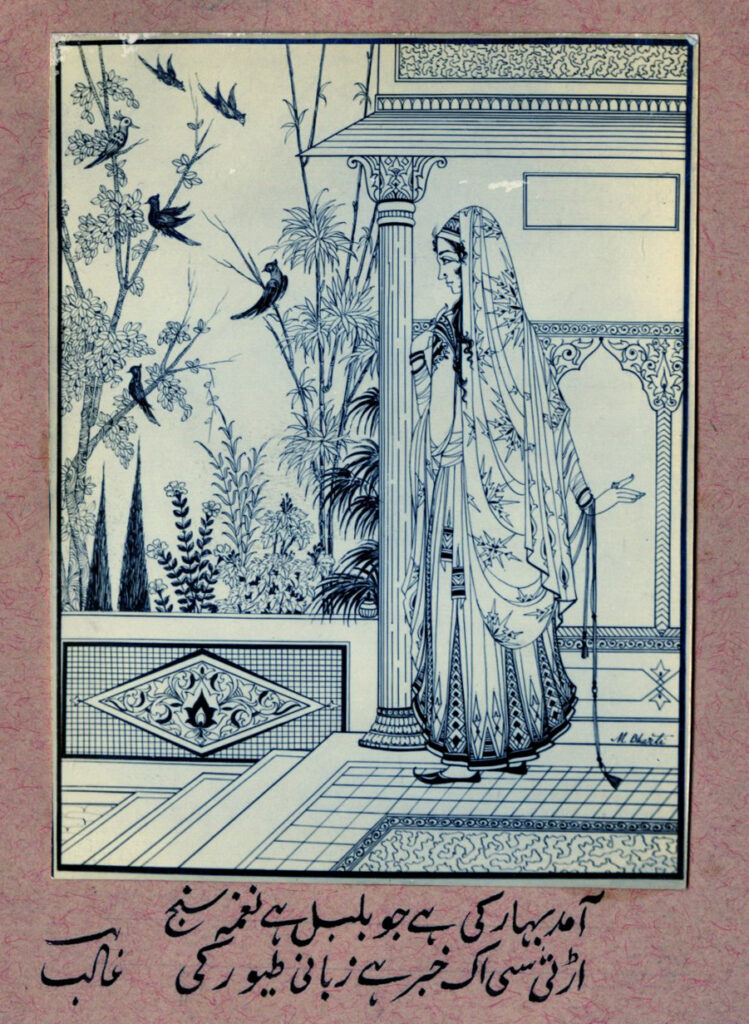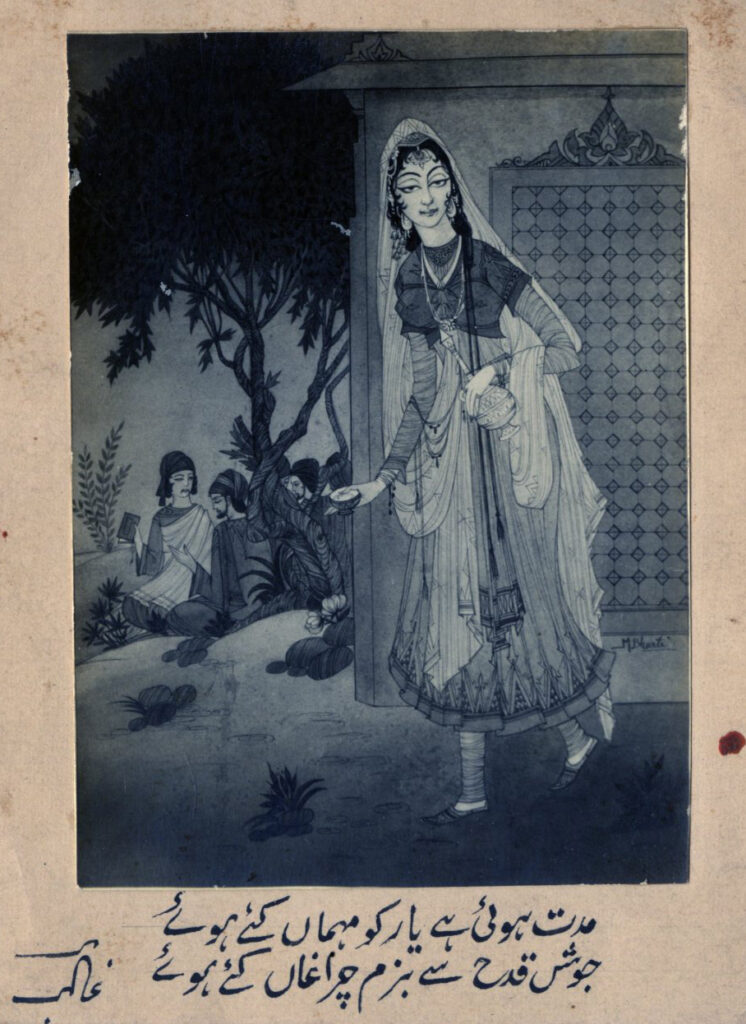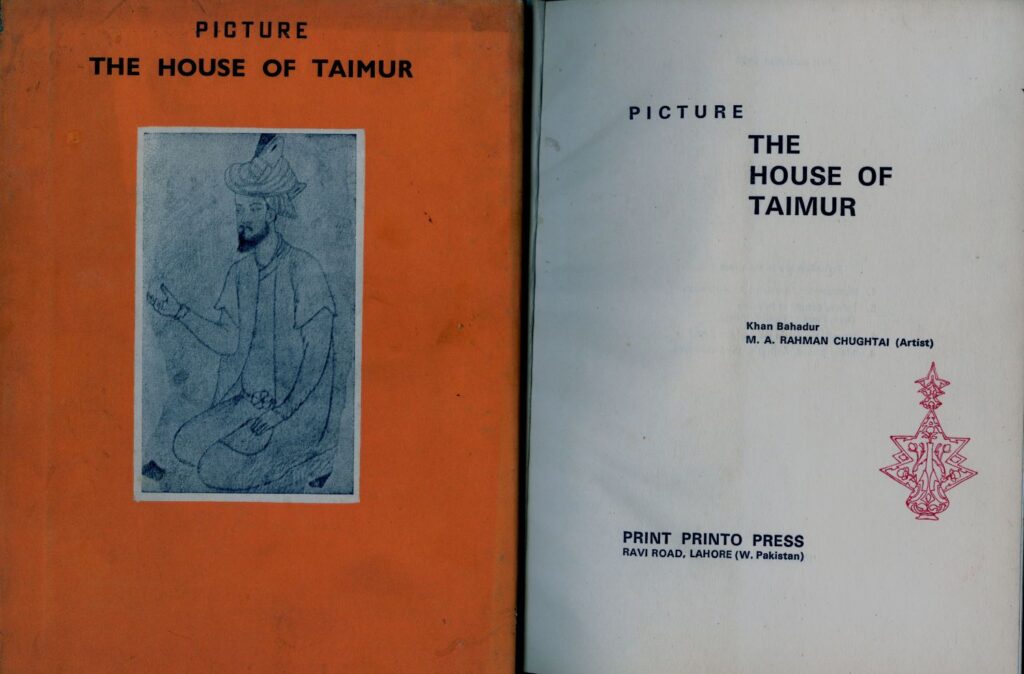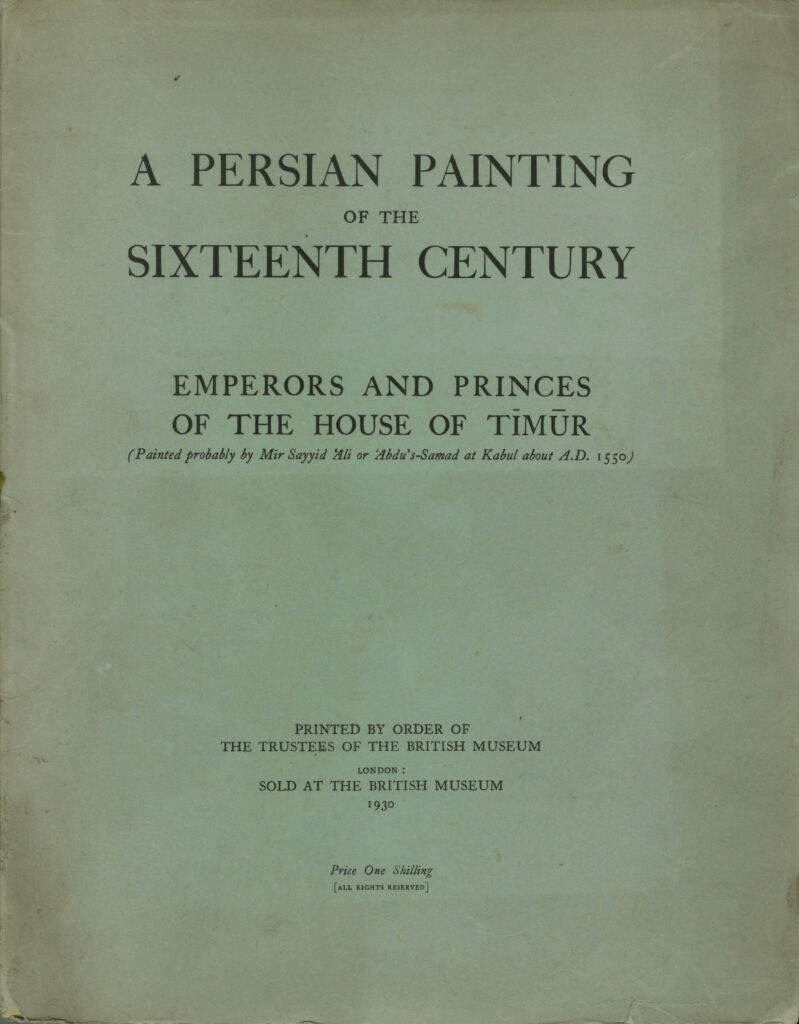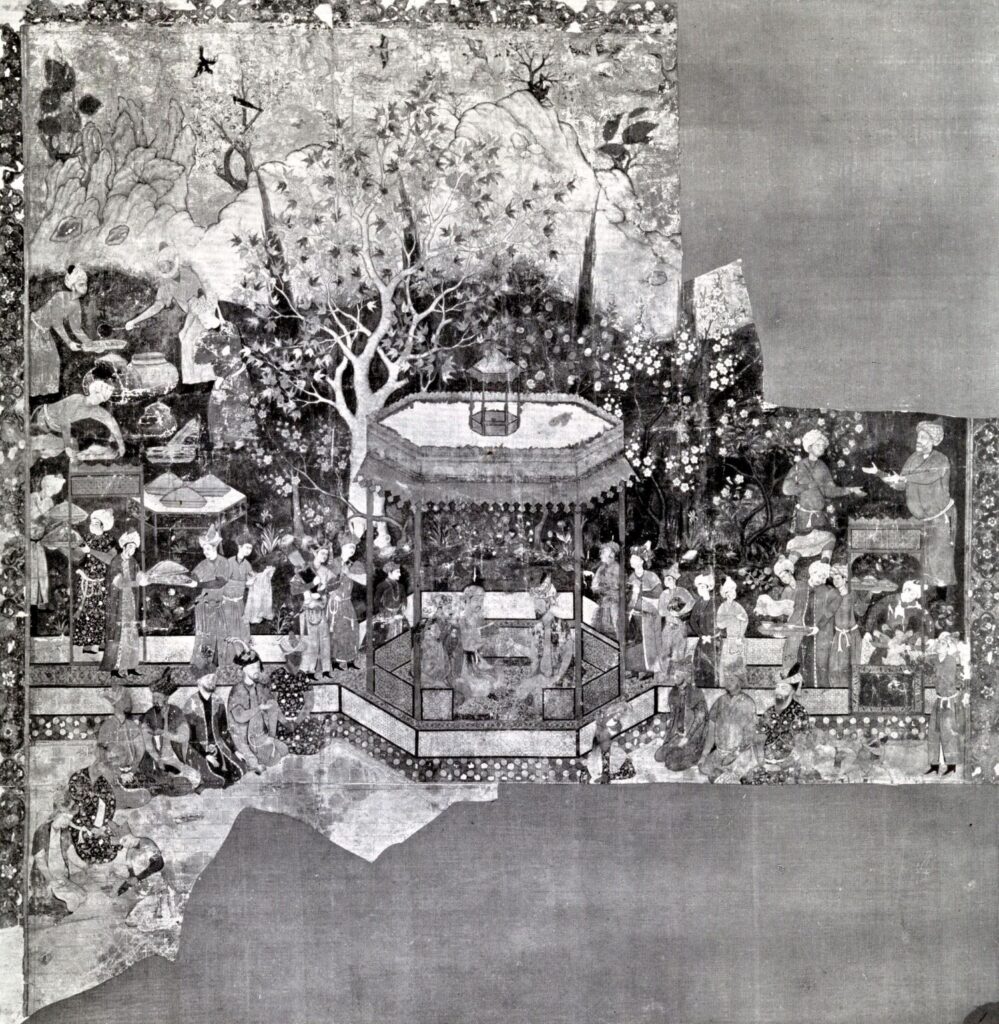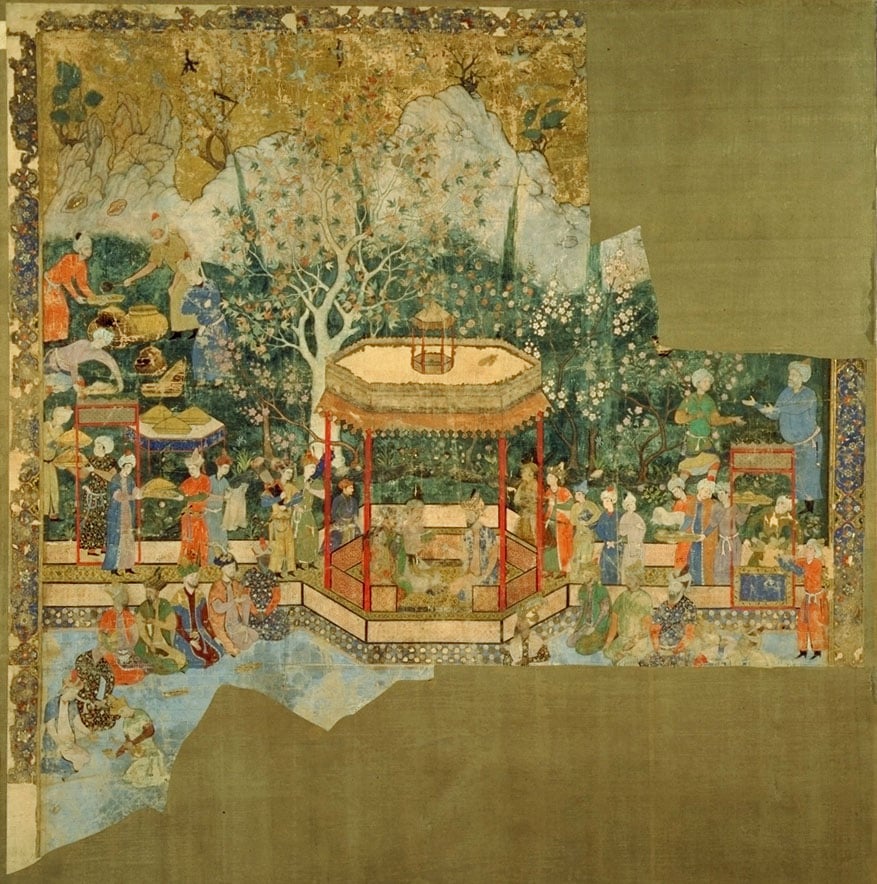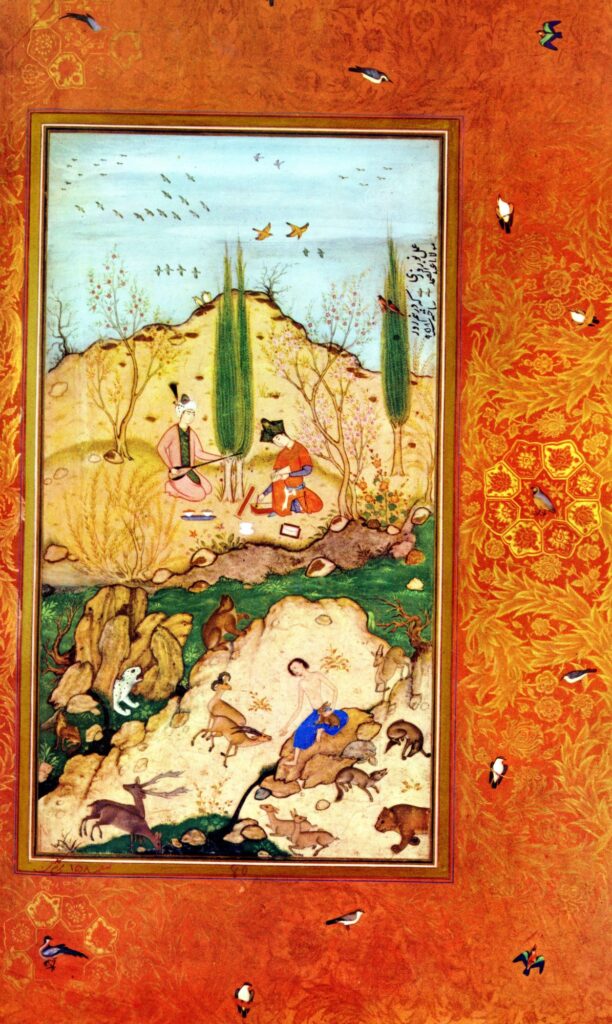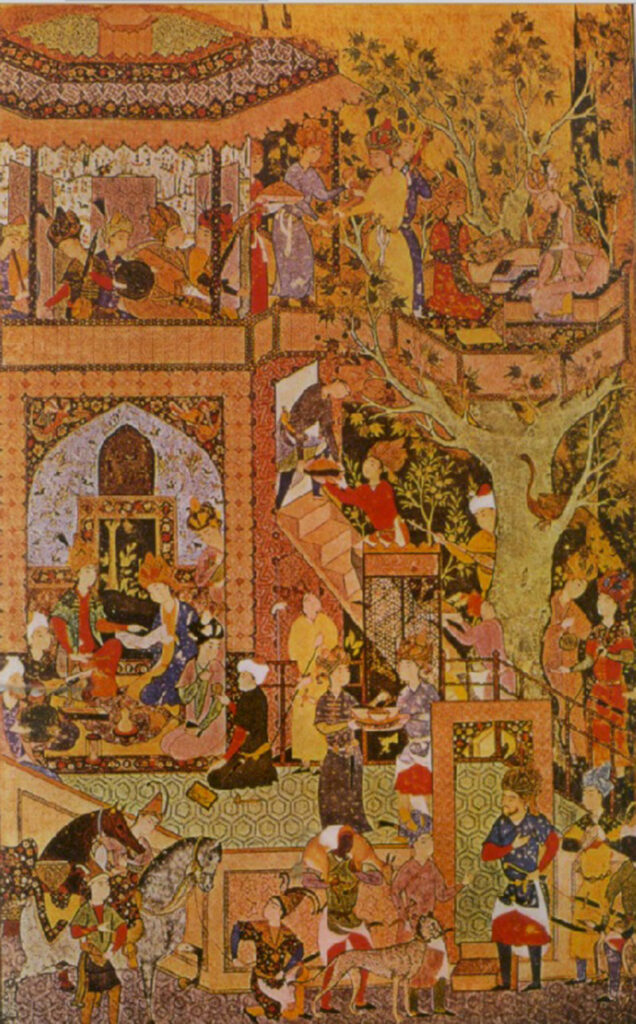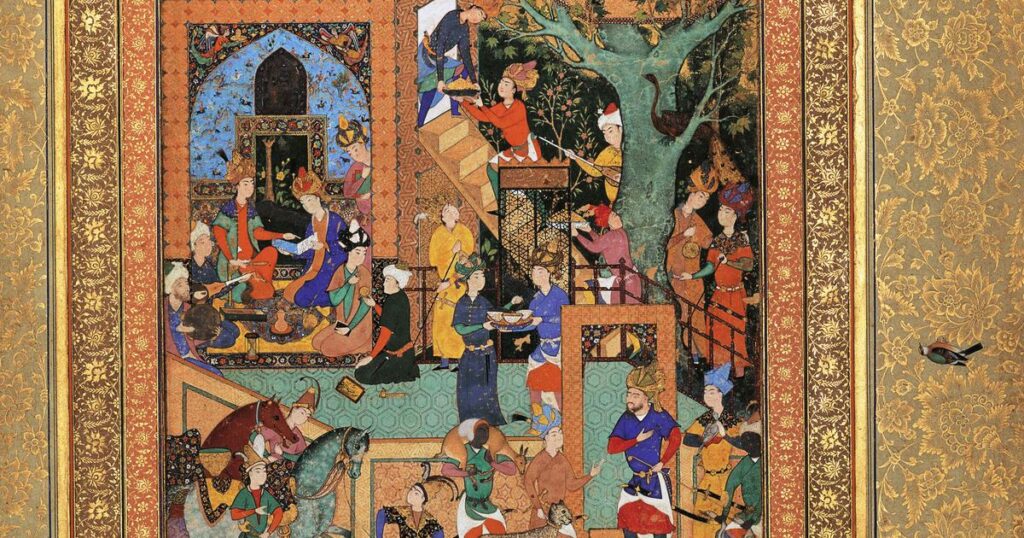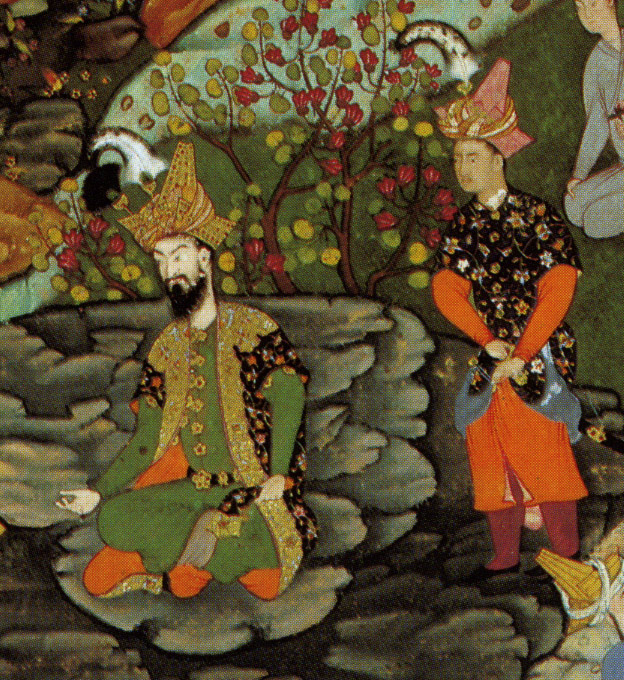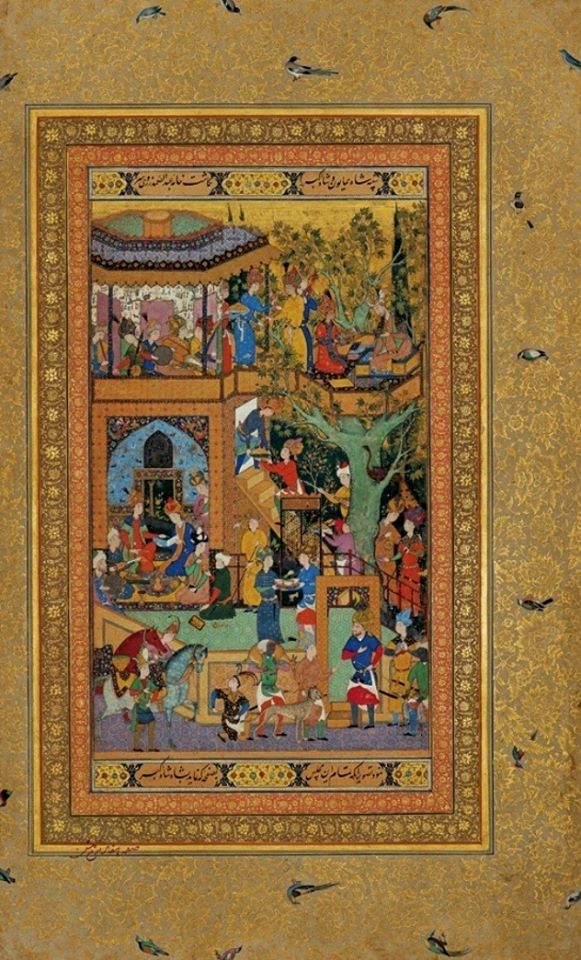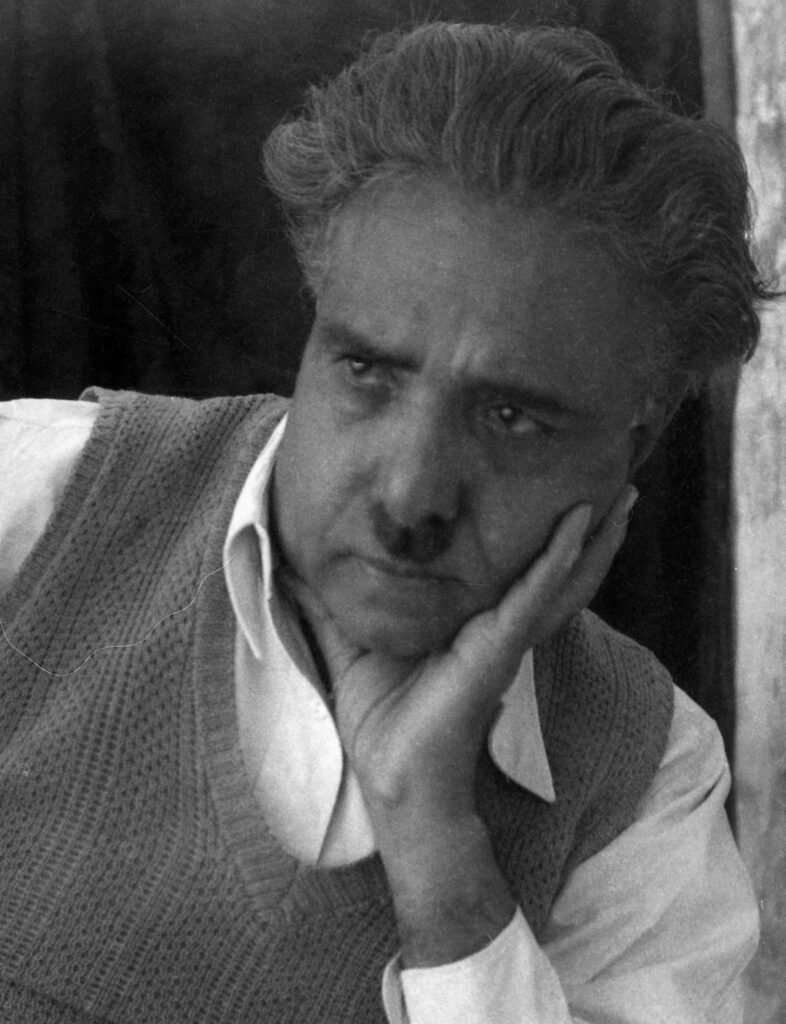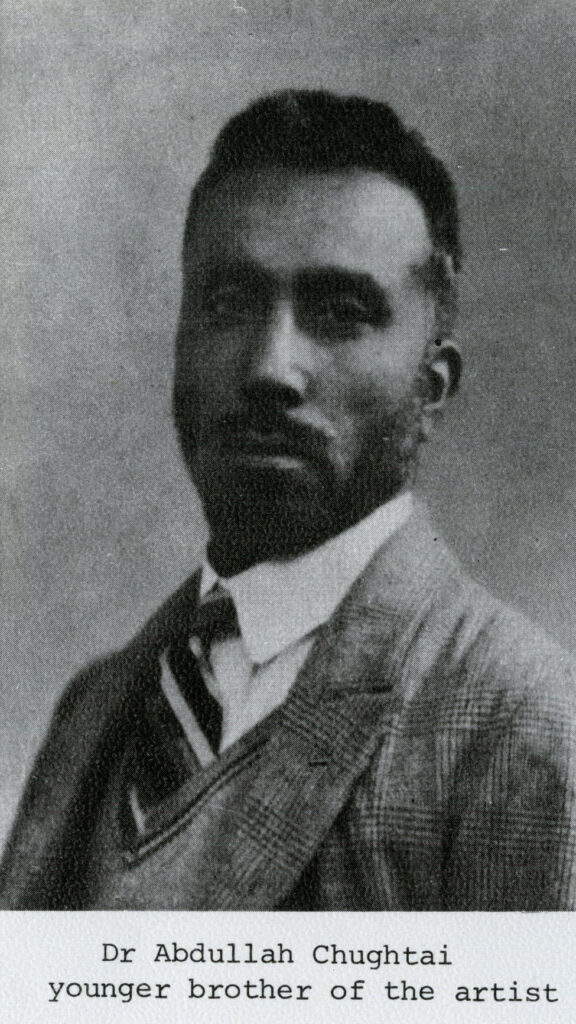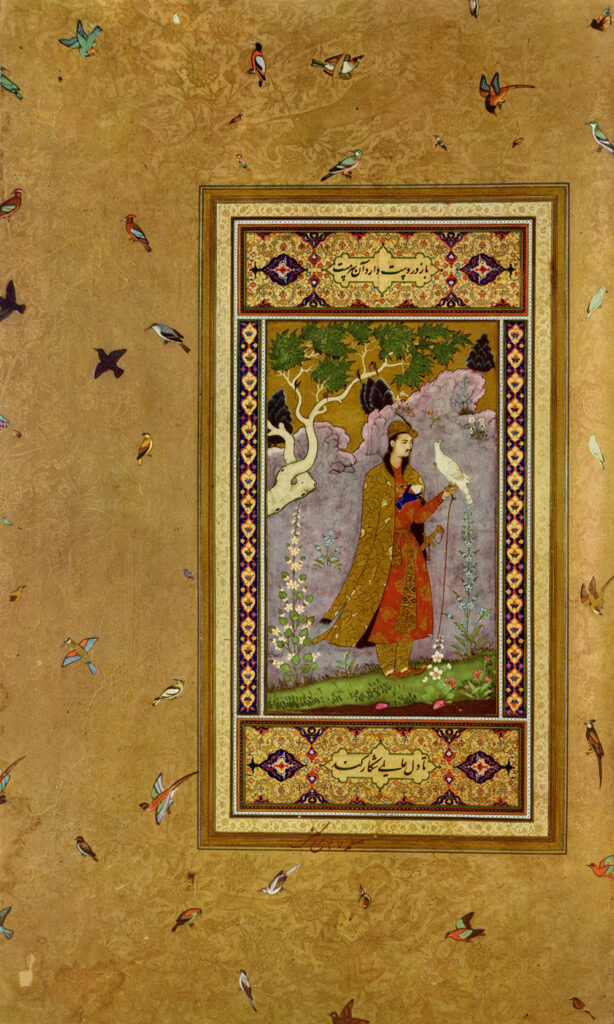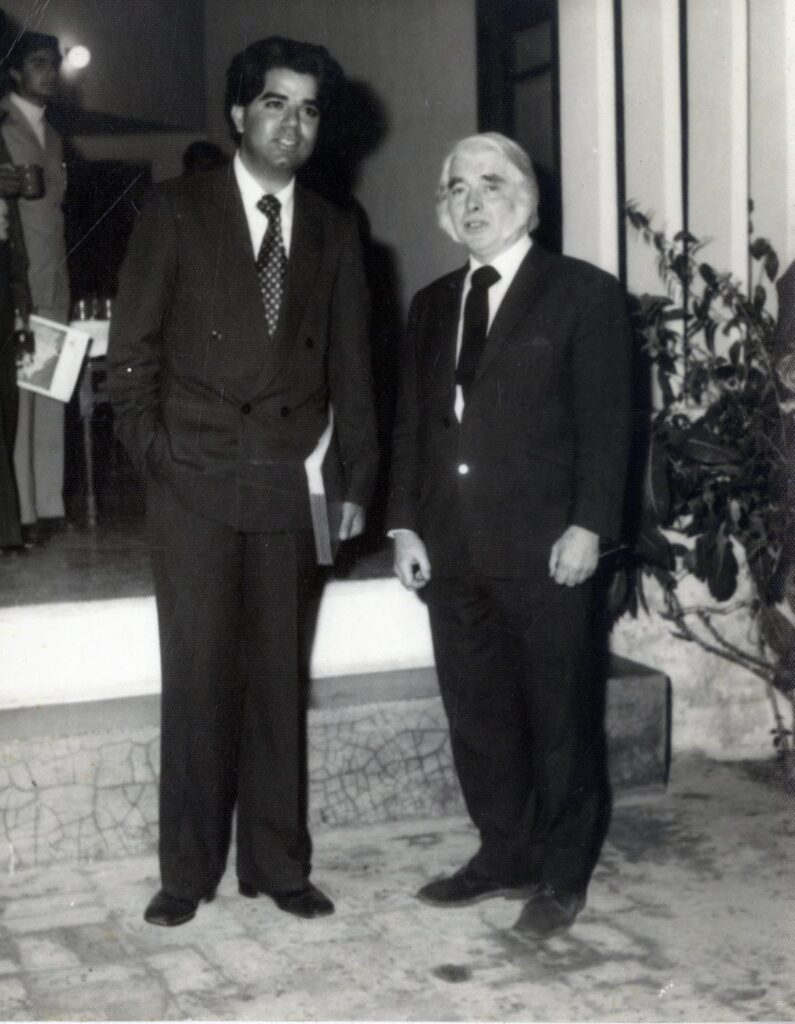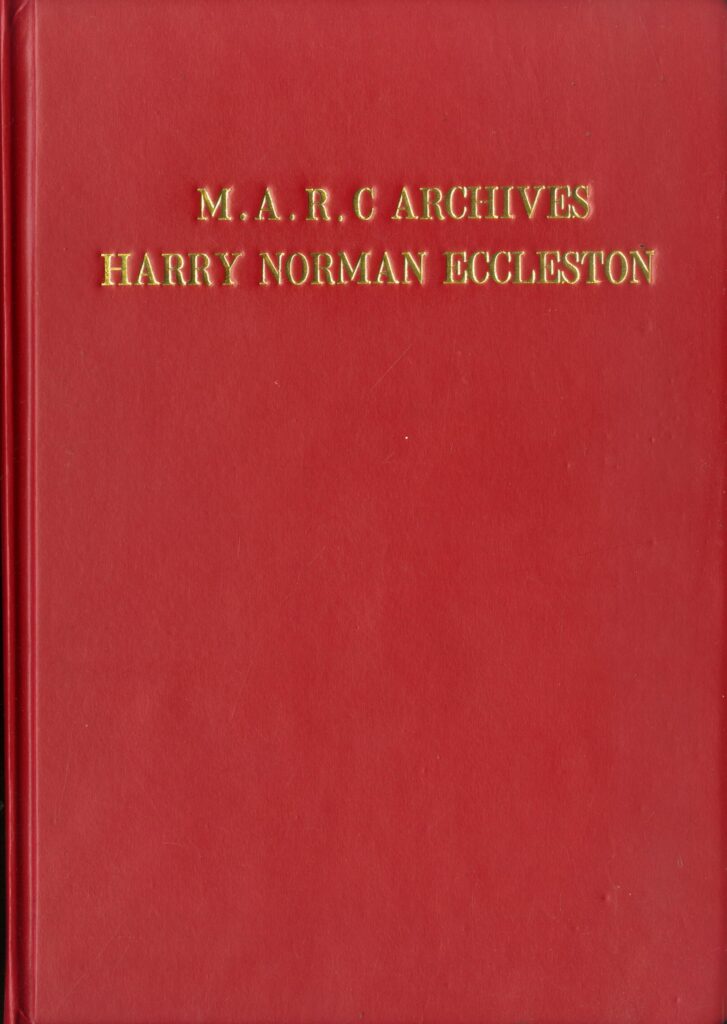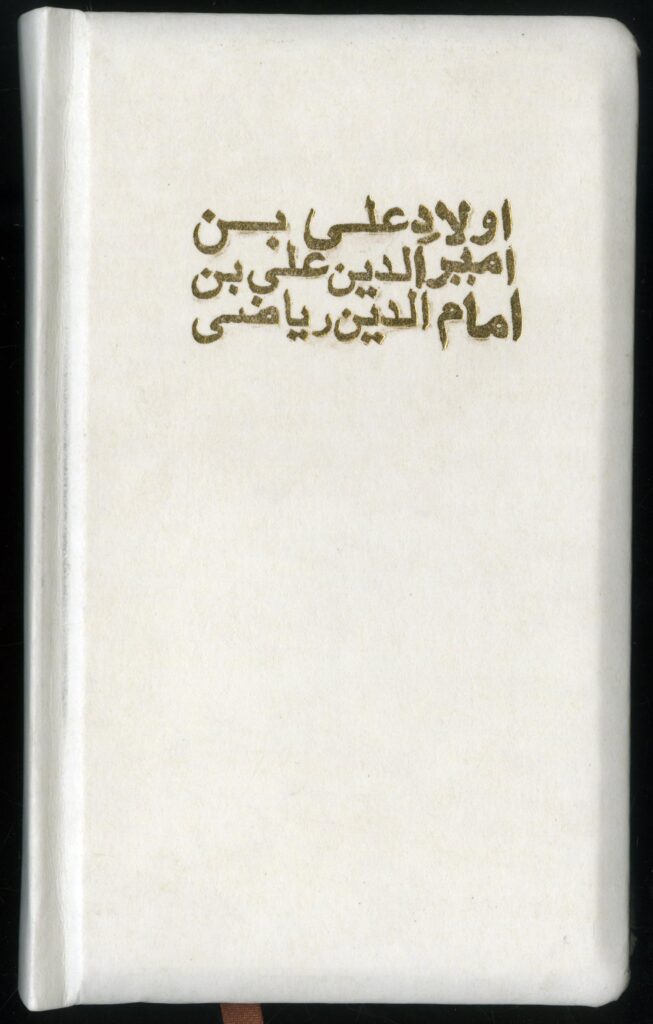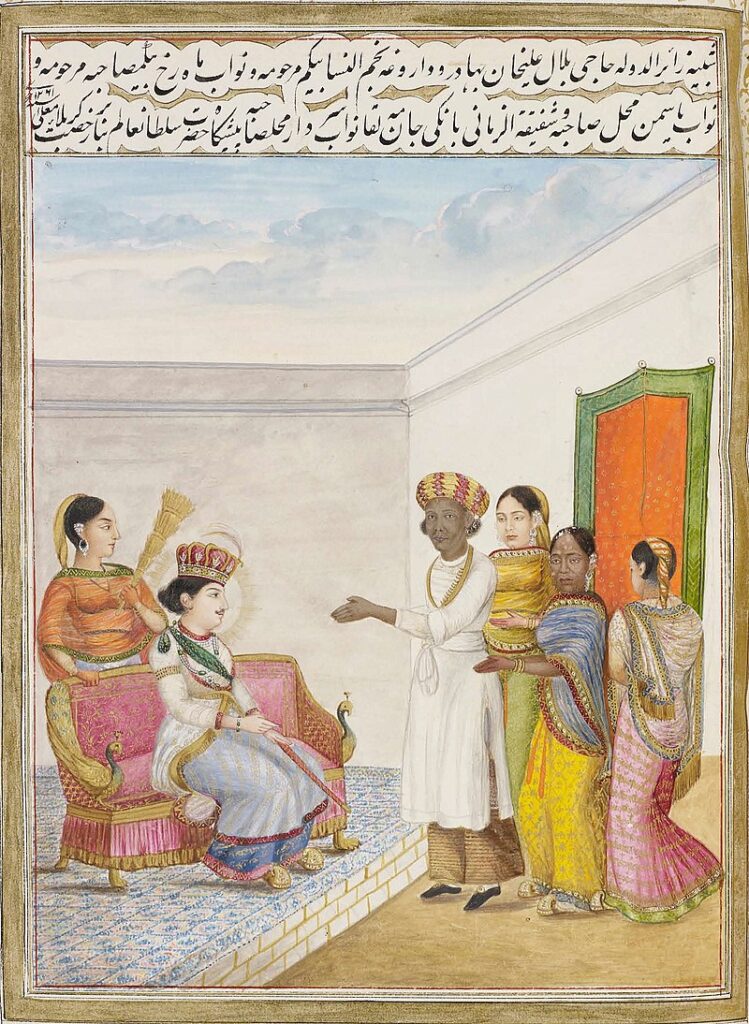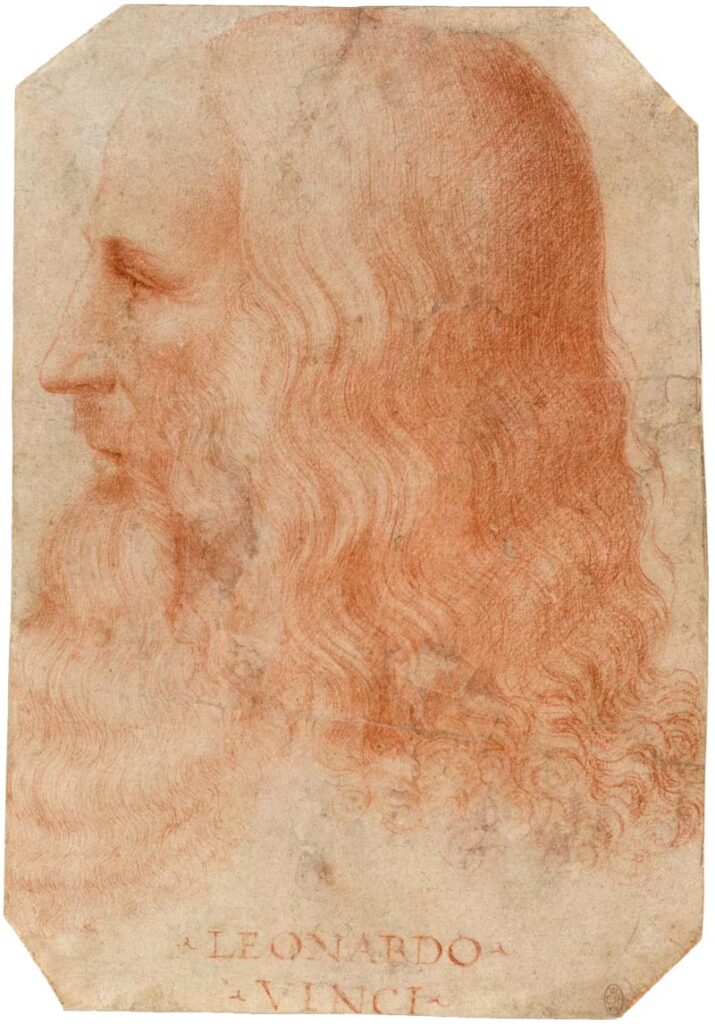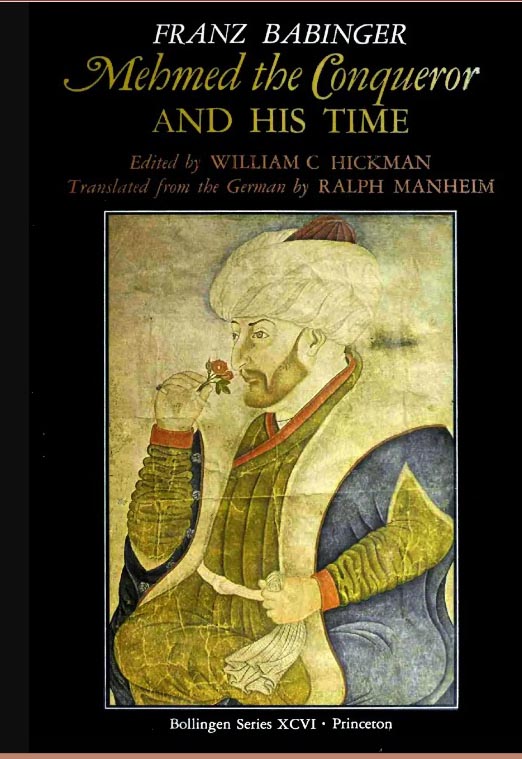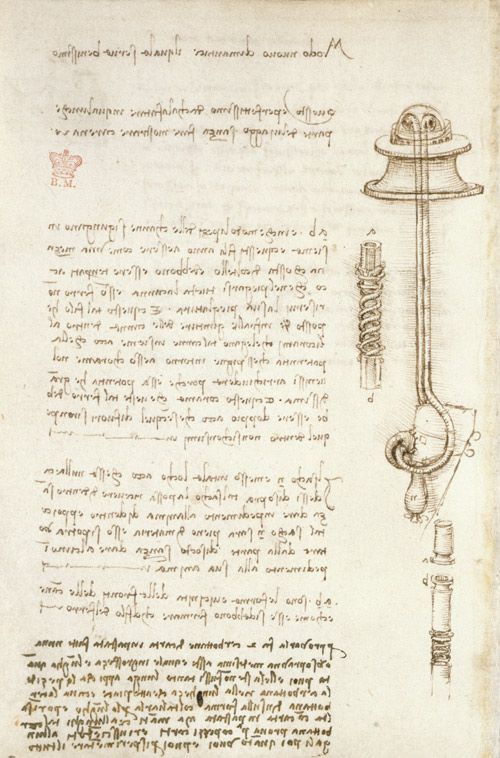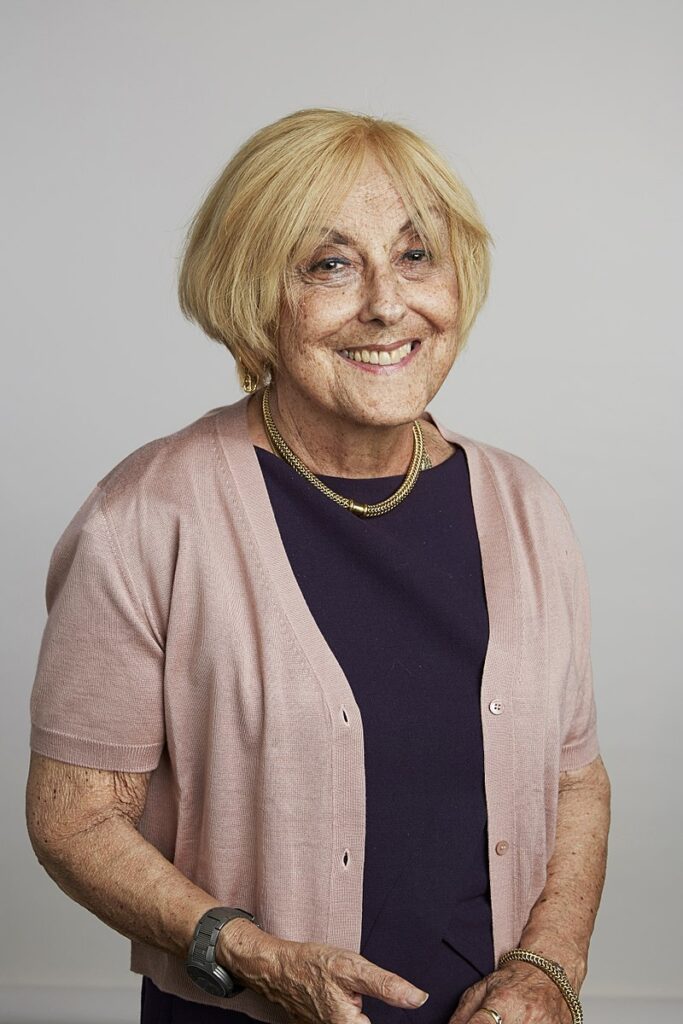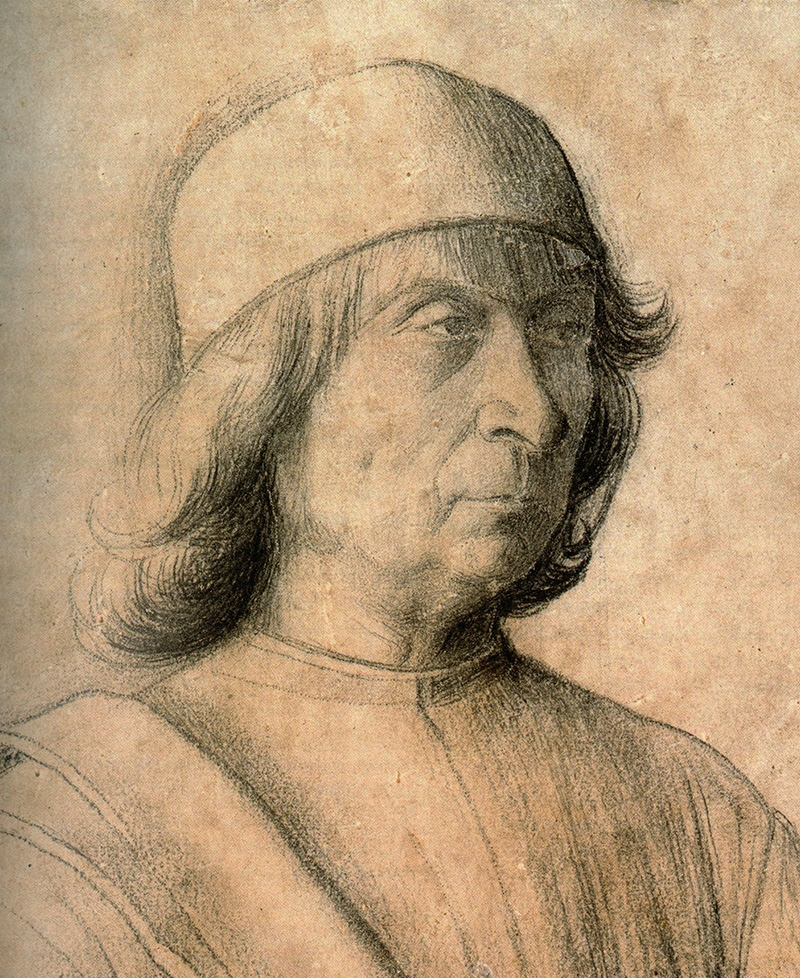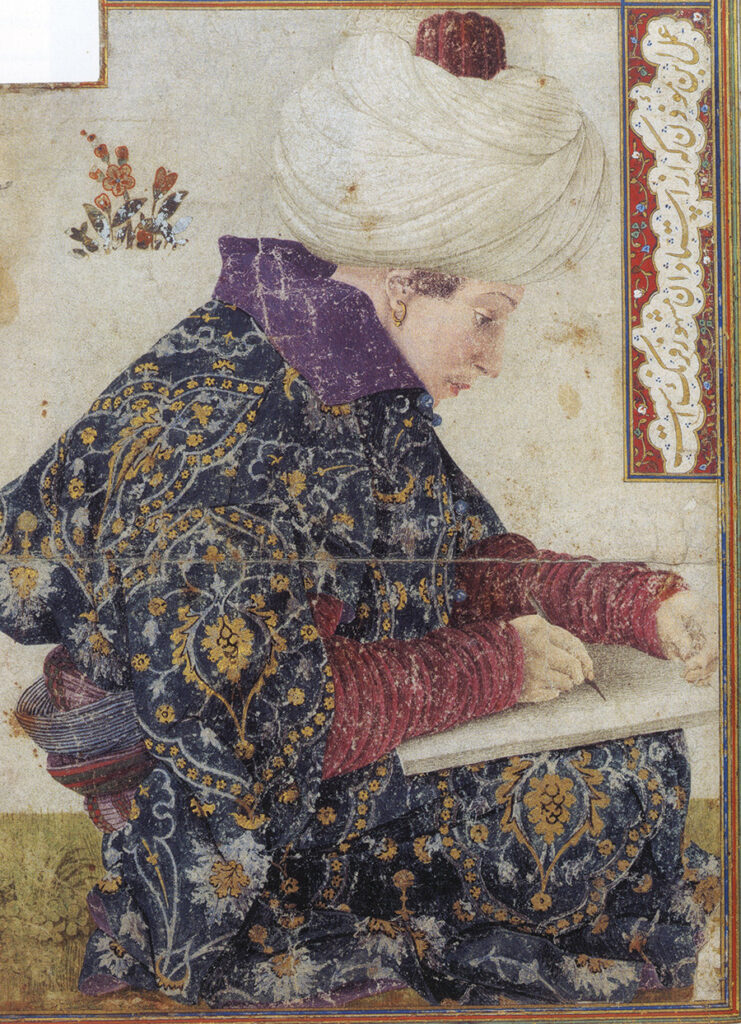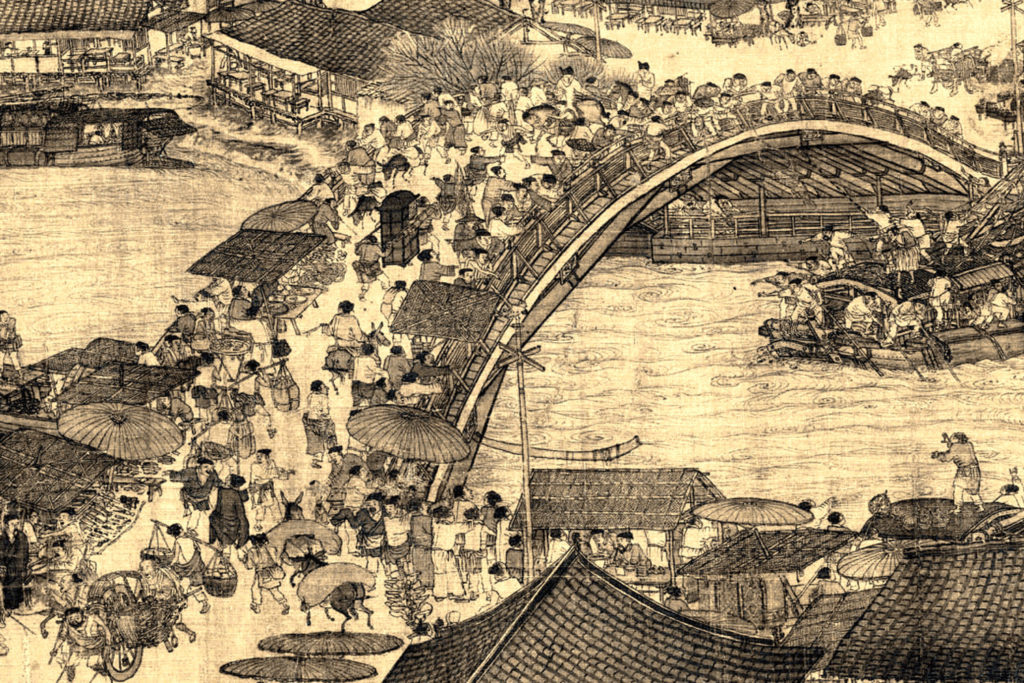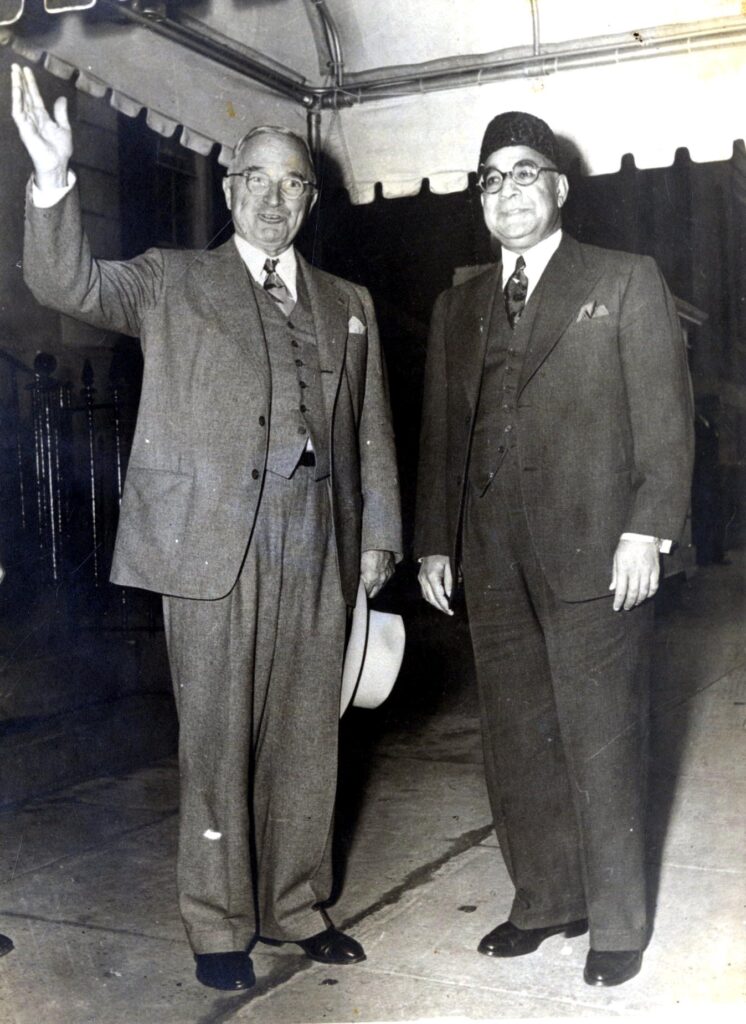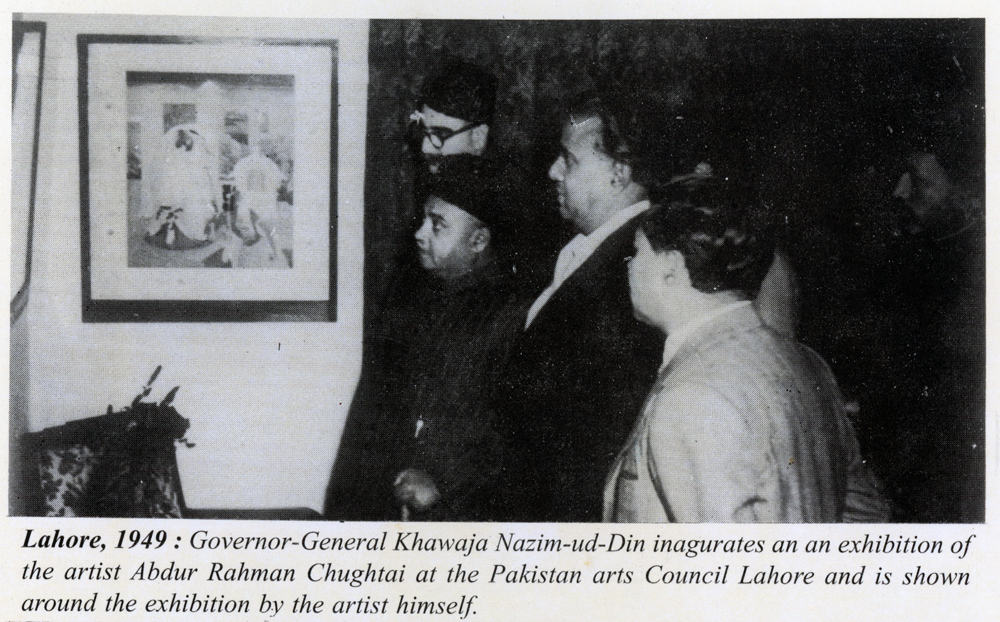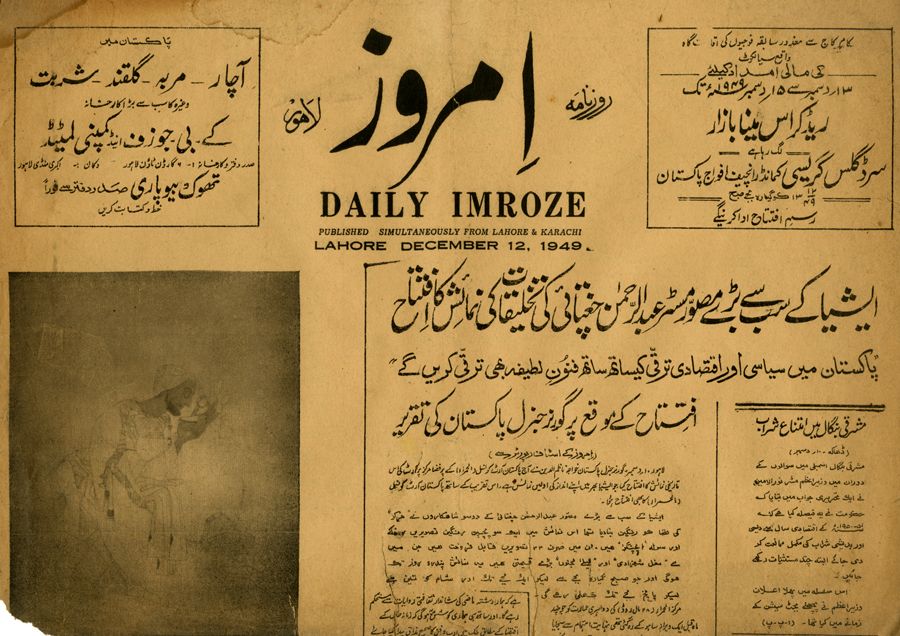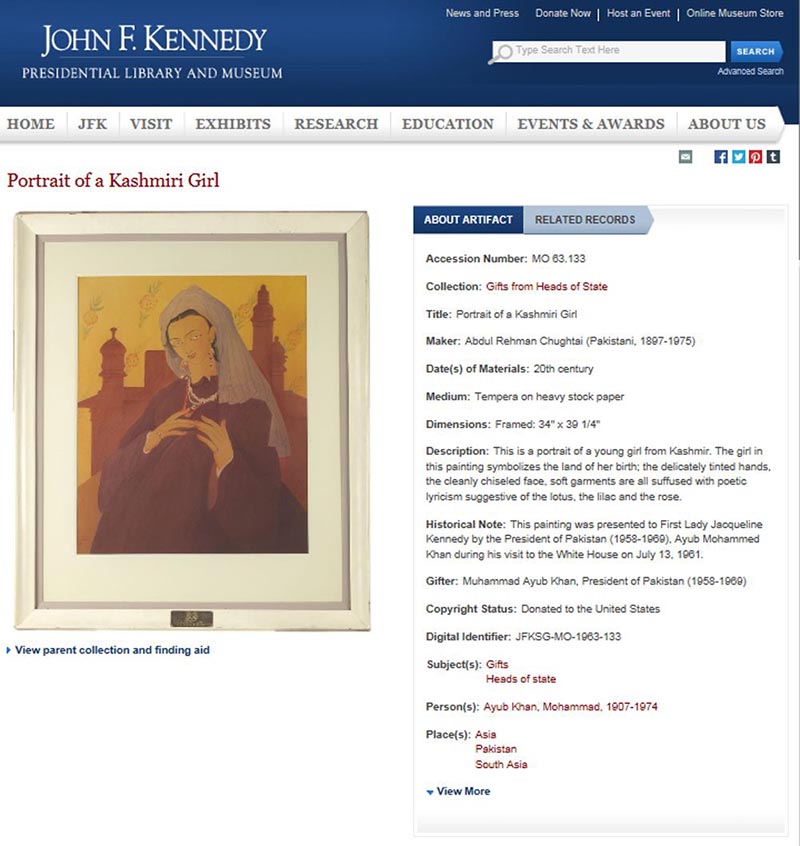THE DESCENDANTS OF JAHANGEER AND NUR JAHAN RUNNING FARRIER’S SHOP,
IN A WALL IN WAZEER KHAN MOSQUE LAHORE. ROYAL FAMILY AS COMMONERS.
It was an insignificant news on the internet. The discovery of the five graves of Mughal Princes in Gujarat. Yes, Mirza Shahryar, son of Jahangeer, and the others. Mirza Shahryar was married to Ladli Begum, daughter of Empress Nur Jahan. They had a daughter at times known as Arzani Begum but present research points her as Meher Afroze. After the death of Emperor Jahangeer, the five Mughal Princes with Mirza Shahryar appointed Emperor and within days, 70 lakh rupees were distributed to the people to win their loyalty. Asif Khan knew all this and asked Prince Khurram (later Shah Jahan) to hurry to Lahore. Till then, all five were put to death and nothing was known about them. Then a reference in a book, led researchers to the five graves, still there in Gujarat. Time has brought perhaps demolition of the structure, but the graves exist on outside level, as well as actual graves in a basement. The construction is all of Shahjahani period. There are no inscriptions but a book reference is very clear about the identity of same. The rumours of them escaping to Persian territory turns out to be wrong.
‘On the 2nd Jumada-l awwal, 1037 A.H., (1628), Shah Jahan ascended to the throne at Lahore, and on the 26th Jumada-l awwal, January 23, 1628, upon his orders, Dawar, his brother Garshasp, Shahryar, and Tahmuras and Hoshang, sons of the deceased Prince Daniyal, were all put to death by Asaf Khan.’
We hear of Mirza Akram Baig from many sources. First various documents of that period carry his name, both as witness and as participant of activities related to his importance and relation. Diwan Amarnath son of Raja Dinanath mentions this family as being ‘Janat Makani’ and he was a student of this scholar. The historian Nur Ahmad Chisti refers to a learned scholar of that age, being Mira Kareem Baig, as being of Royal descent. Before that his father Yak-Dil mentions in his famous diaries (Bayz no 5 page 22), related to the year 1848 the presence of Mirza AKRAM BAIG son Mirza Azeem Baig of Lahore. Mirza Azeem Baig was son of Mirza Kareem Baig. Mirza Akram Baig had two sons, Mirza Aslam Baig and Mirza Mehr Baig (Jhandoo). Mirza Ferozeuddin was a painter of the newspaper Paisa Akhbar was the son of Mirza Mehr Baig. The family had even possession of the Mausoleum of Emperor Jahangeer and used to celebrate the annual Urs of the Emperor as PAR DA MELA. And untraced book on Mausoleum of Jahangeer existed written by Mirza Aslam Baig, Assistant Commissioner. It seems that the British had great respect for the family and used to consult with them. This is confirmed by Mirza Akram Baig himself.
The discovery of a manuscript named ELAHI BAKSH NAMA. A copy existed with an Islamic College Professor and now given to a University as a donation. There is a copy in our archives too. How different or how same both are not known? This Elahi Baksh is probably a short term Imam of Masjid Wazeer Khan Lahore. There is an Elahi Baksh in our family too, but nothing is known about same. In the Masnavi Mirza Akram Baig talks about himself too. He says he is a scholar and consulted by many people including the English administration. The composition is in 1230 AH. He talks of some other people, including BELI RAM. He says he does not get any earnings from his scholarship but earns from his professional career as a NALBAND, or a Farrier. Amazing from Royalty, one moves on to specialization in Horses, their health as well as nailing horse shoes. It is even funny as an outcome. But he was a respectable figure of Lahore and people honoured him, both for himself and his background. This is story of fate. Fate makes you rise, fate makes you fall. But if dignity remains, the respect does not go away, salute to the last remnants of Nur Jahan in Lahore!
